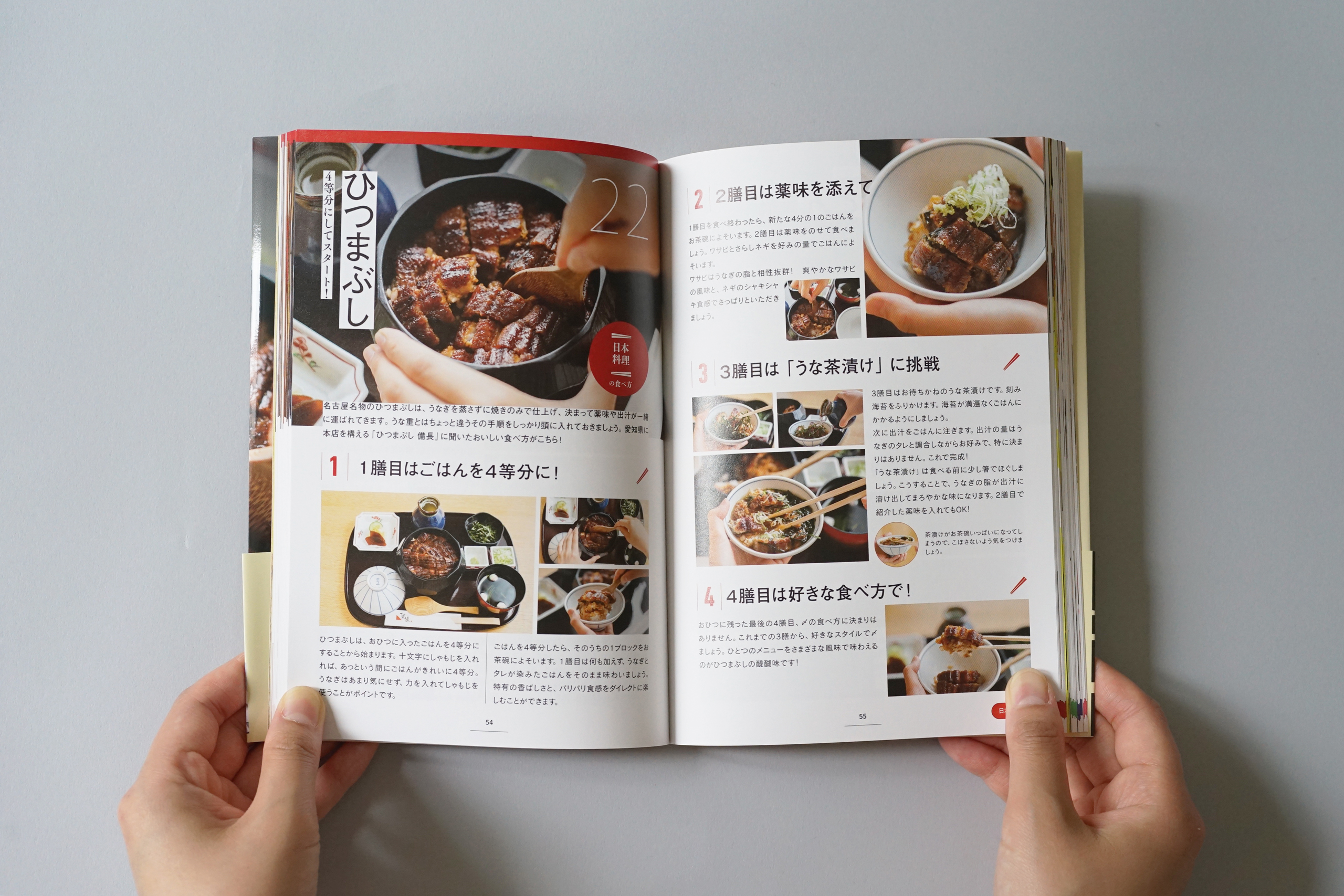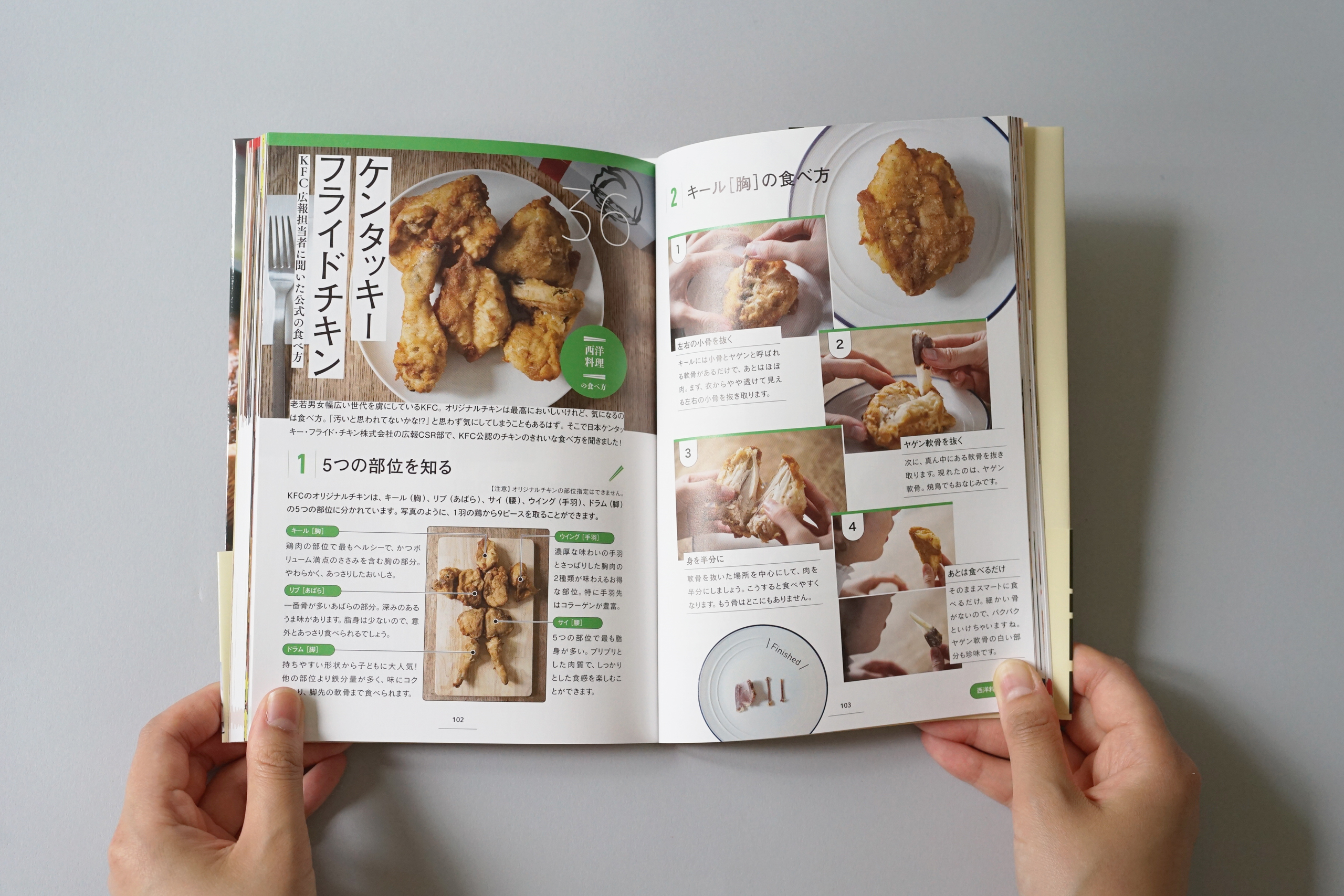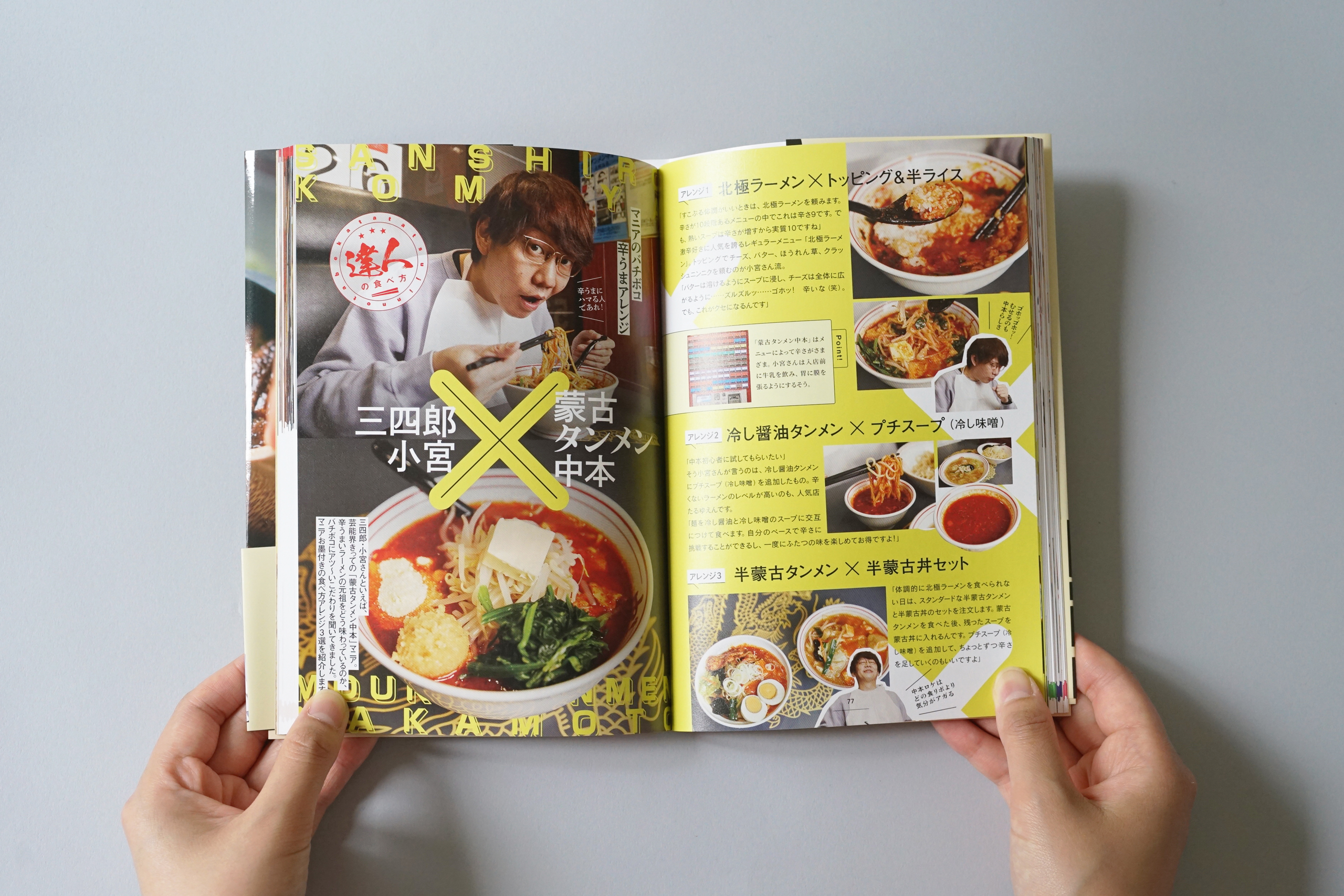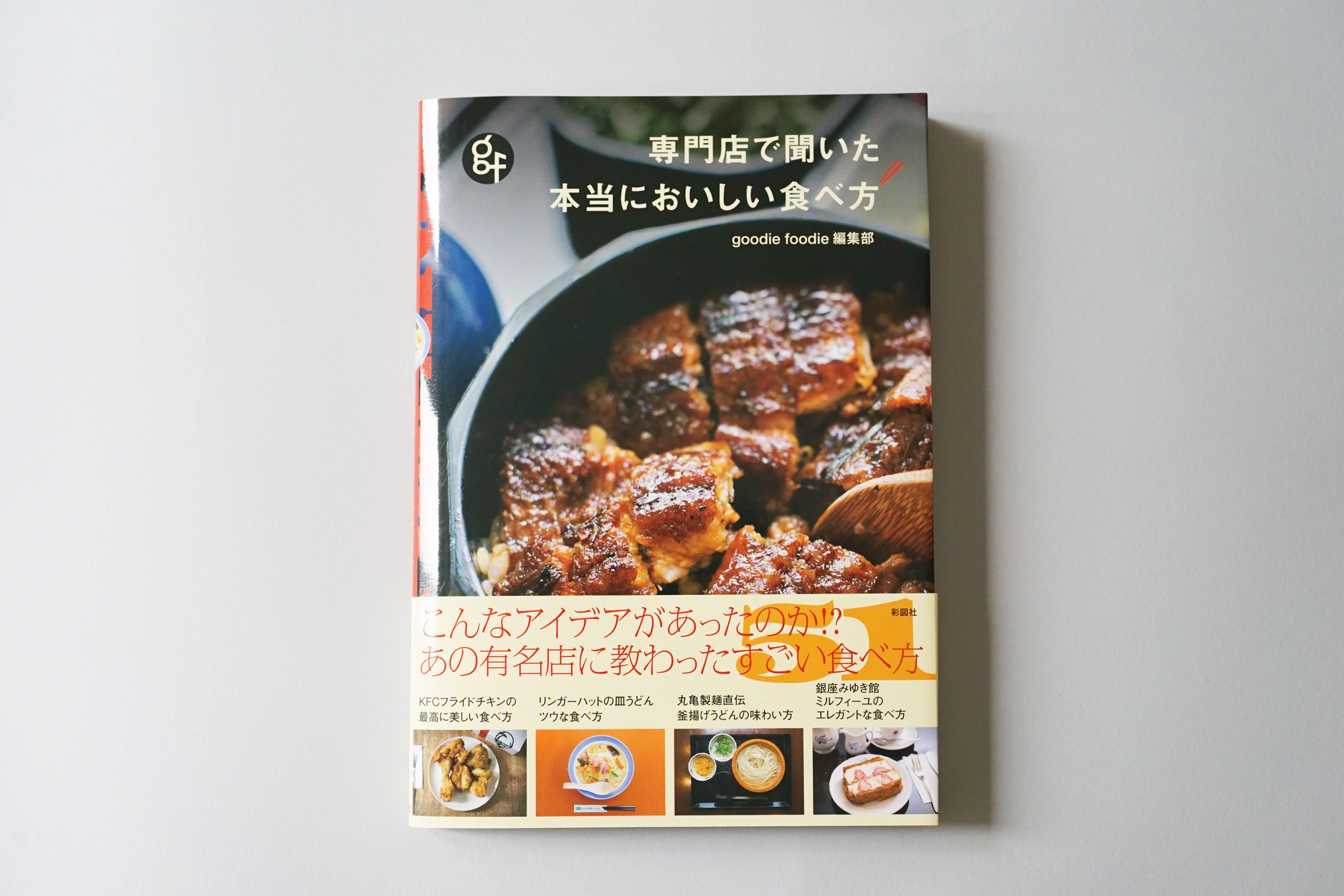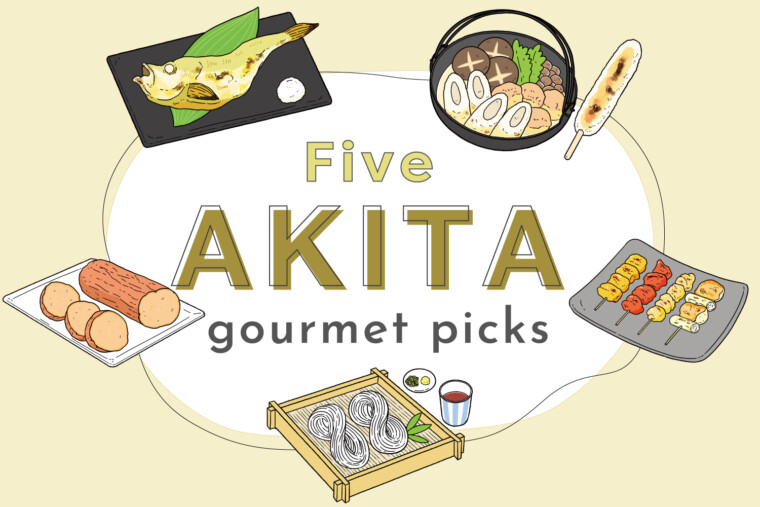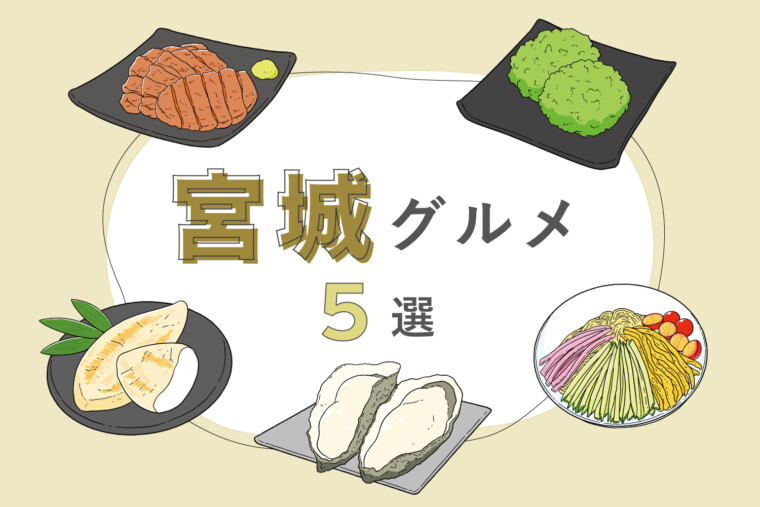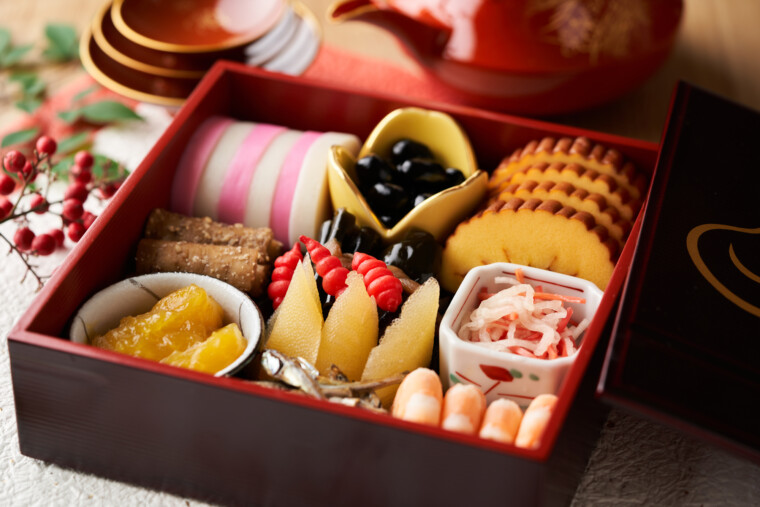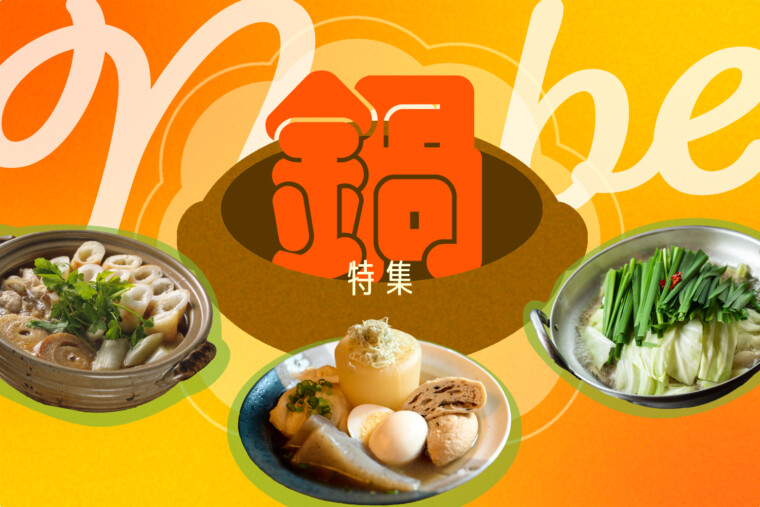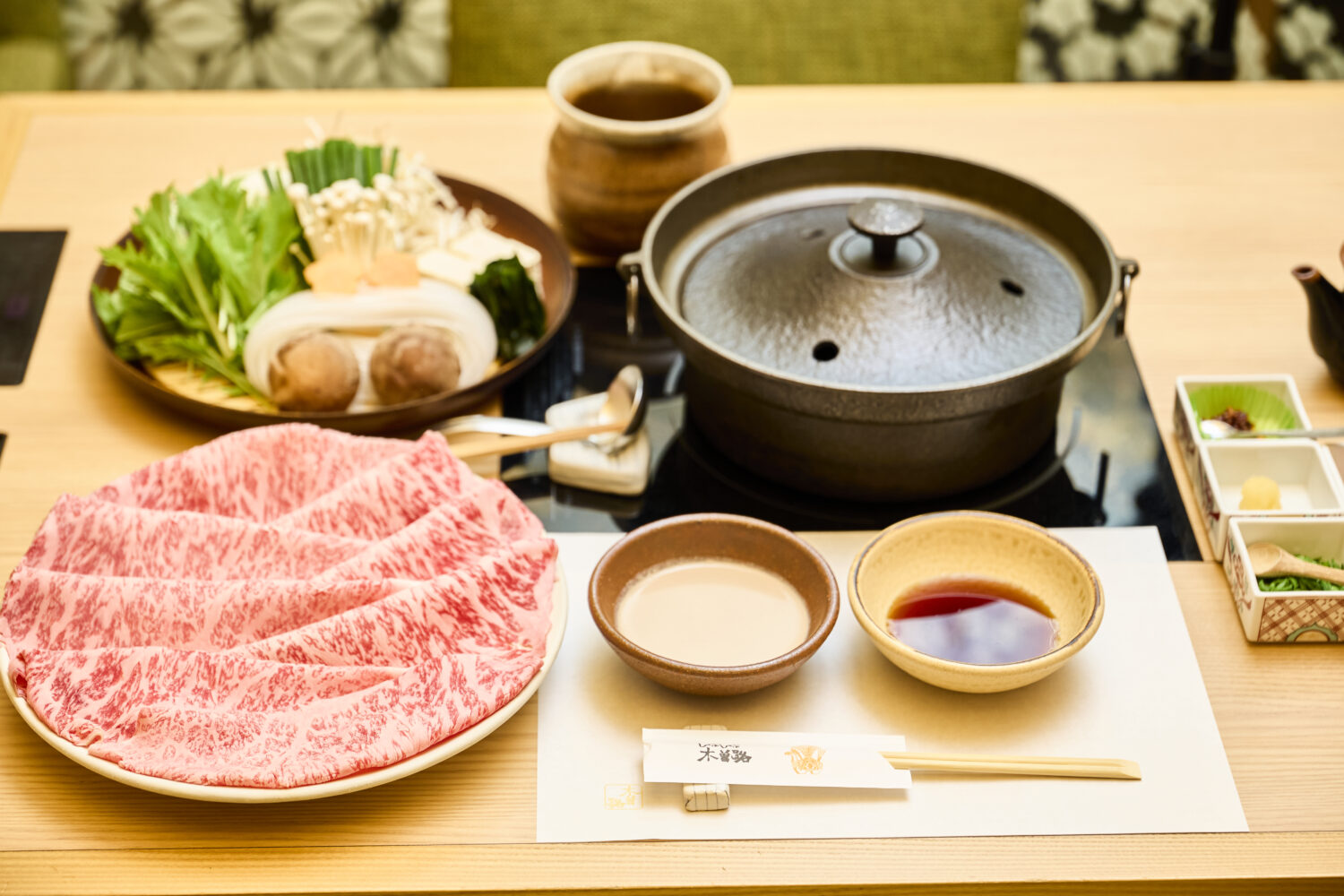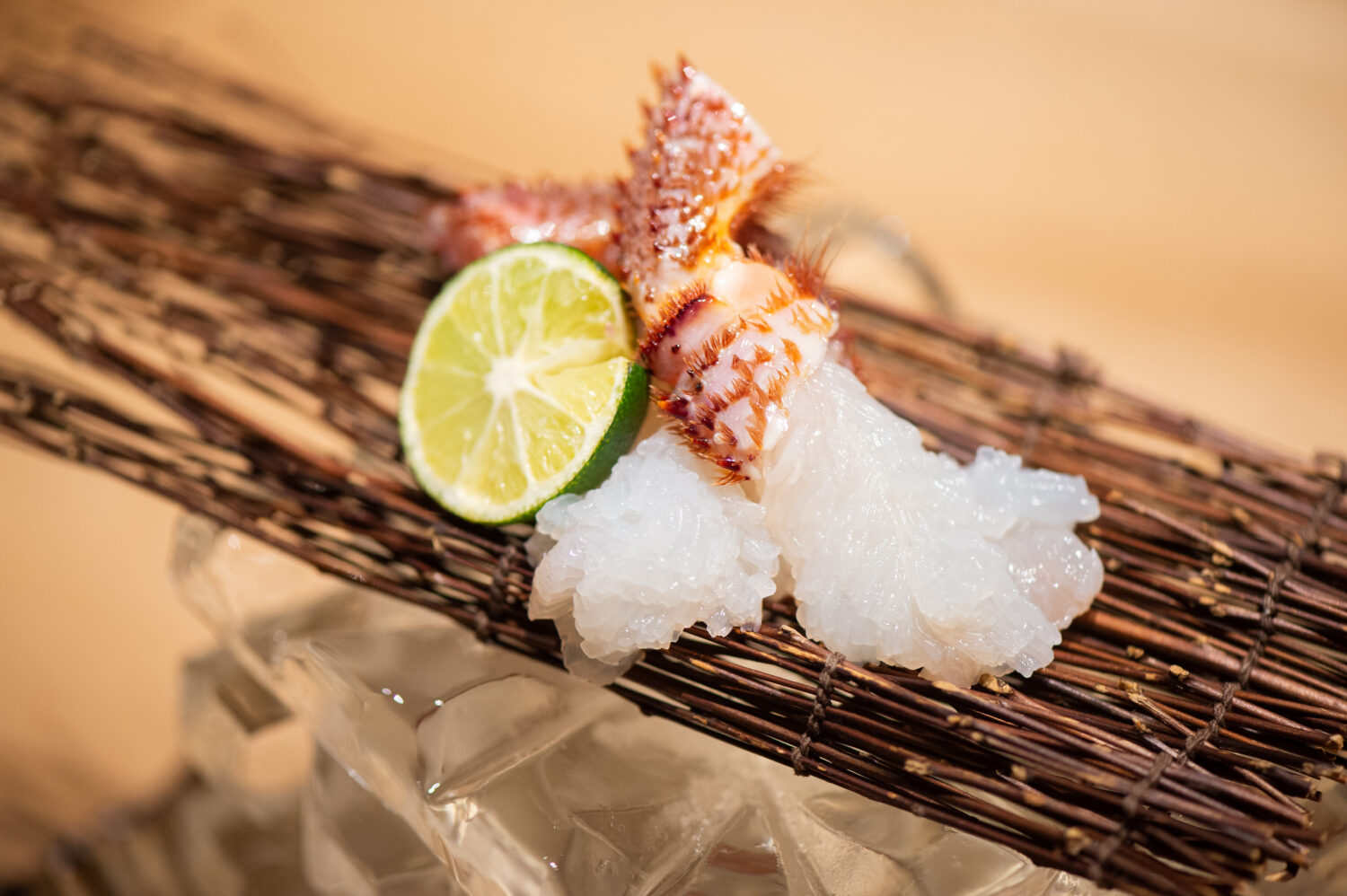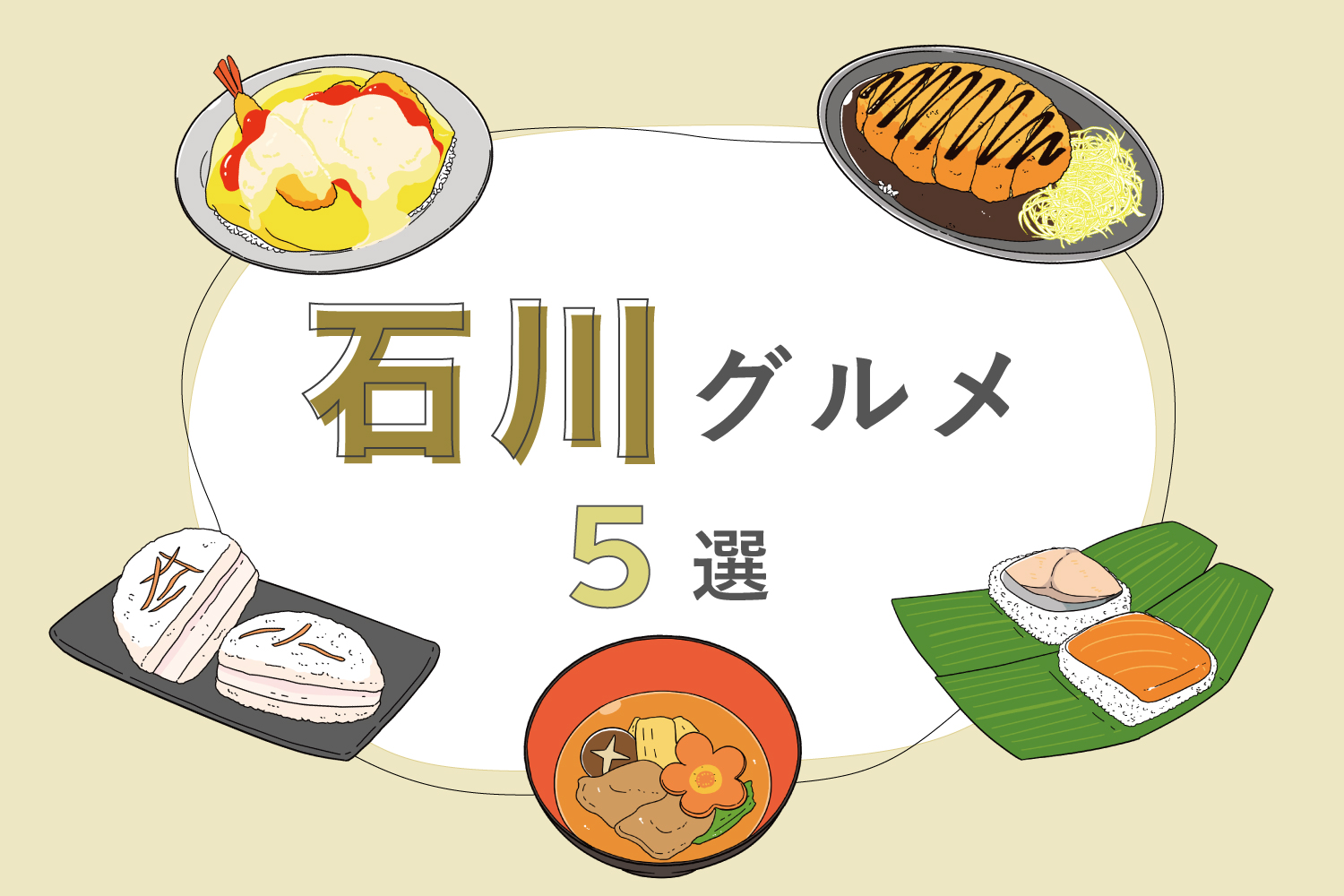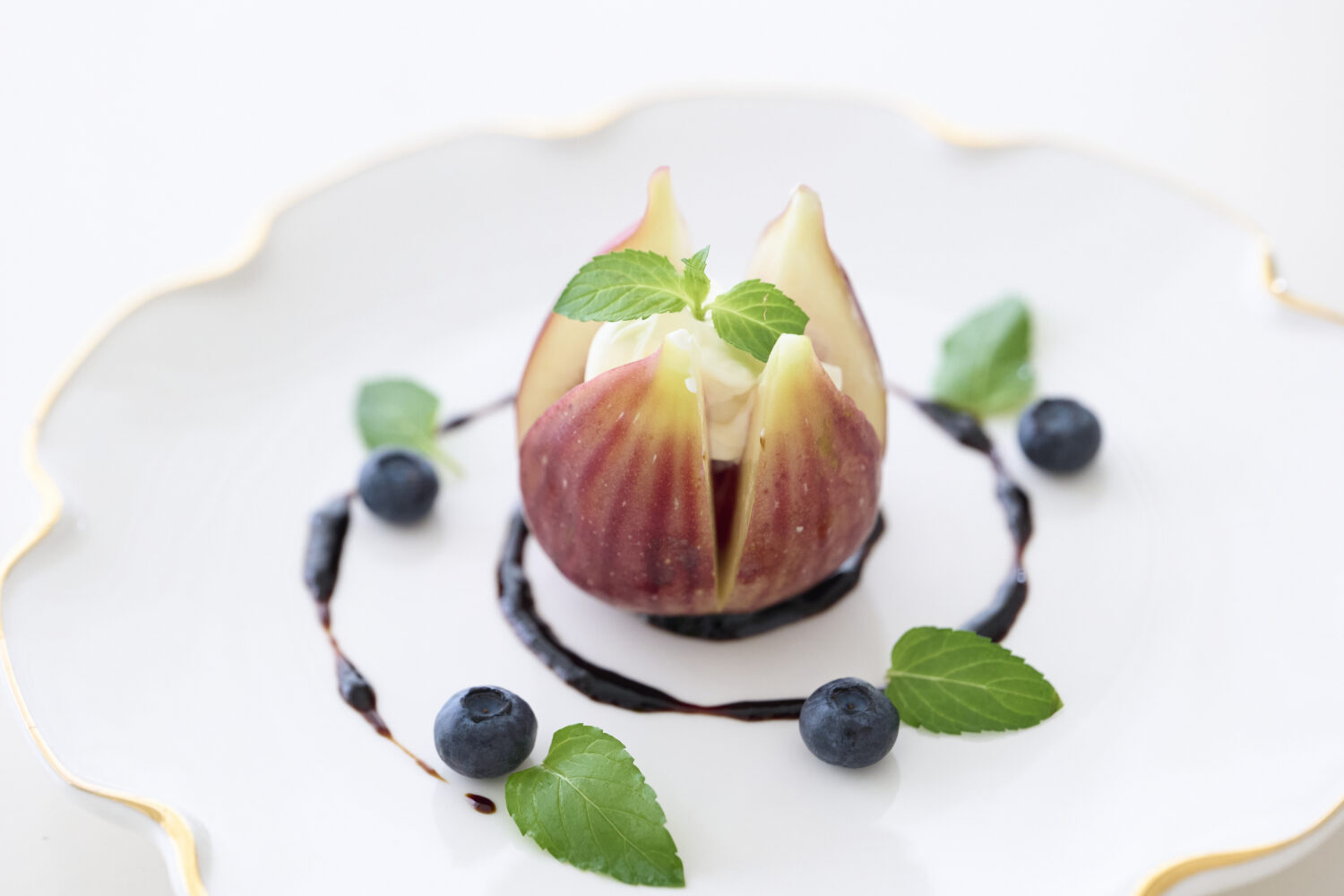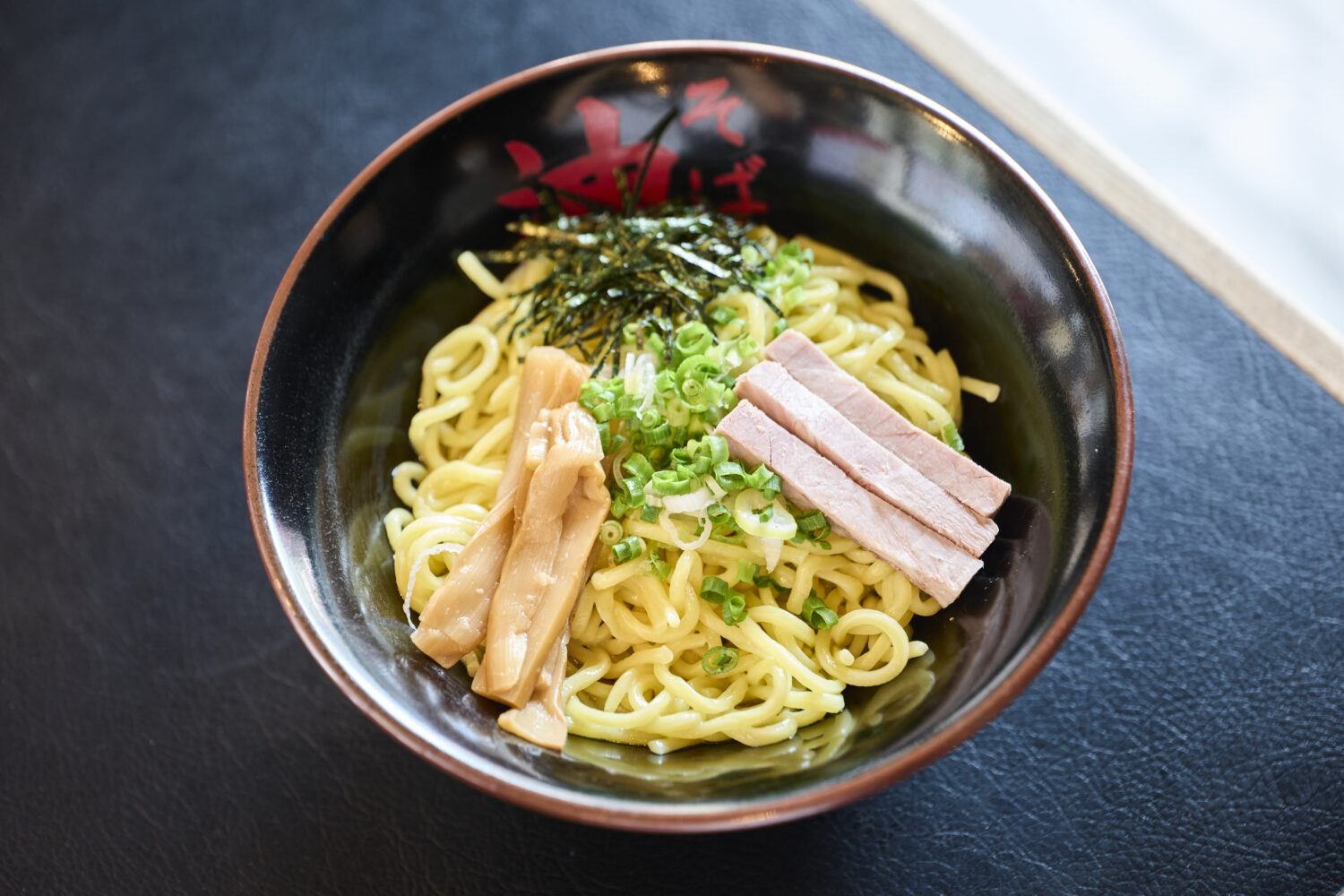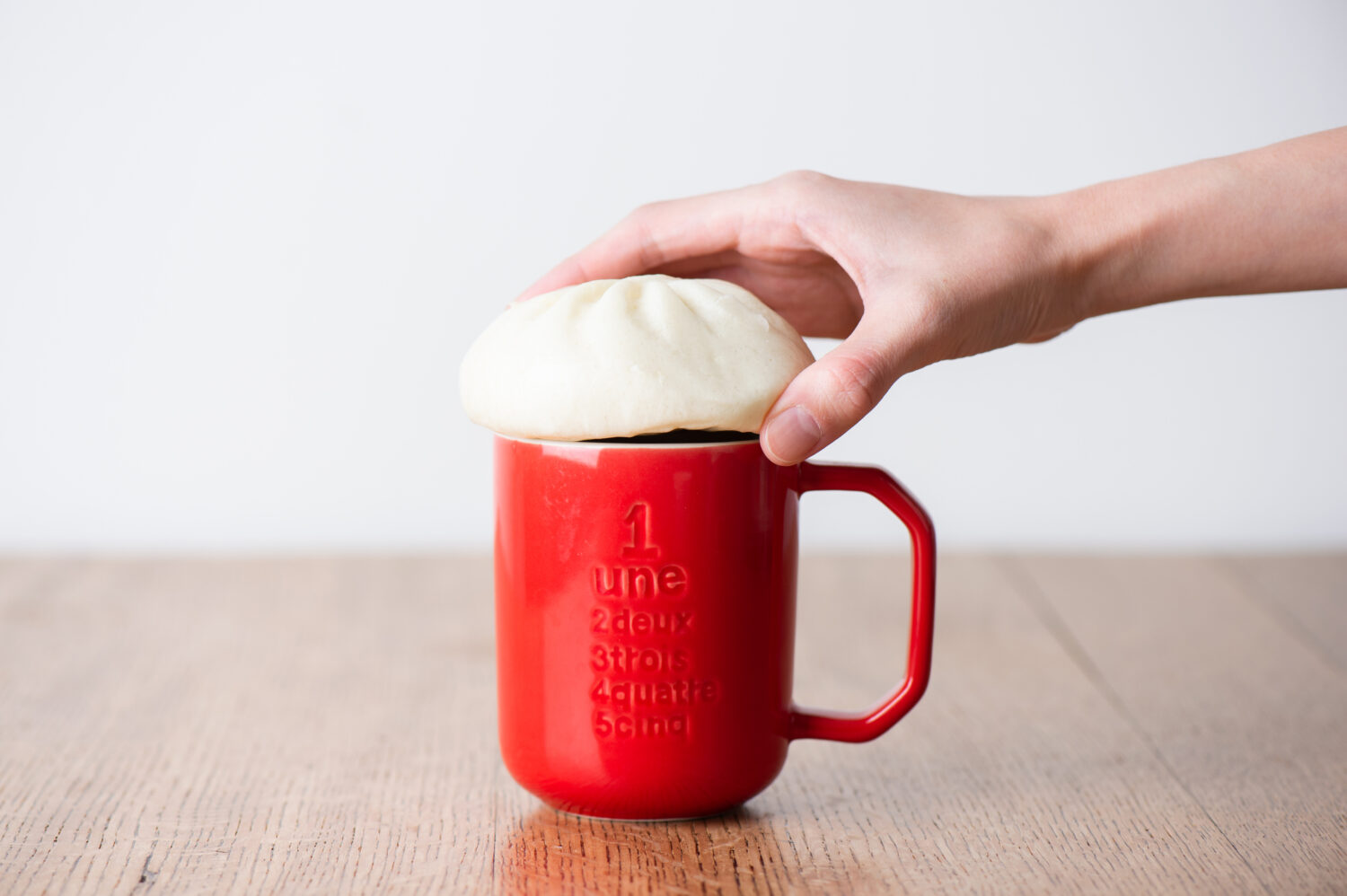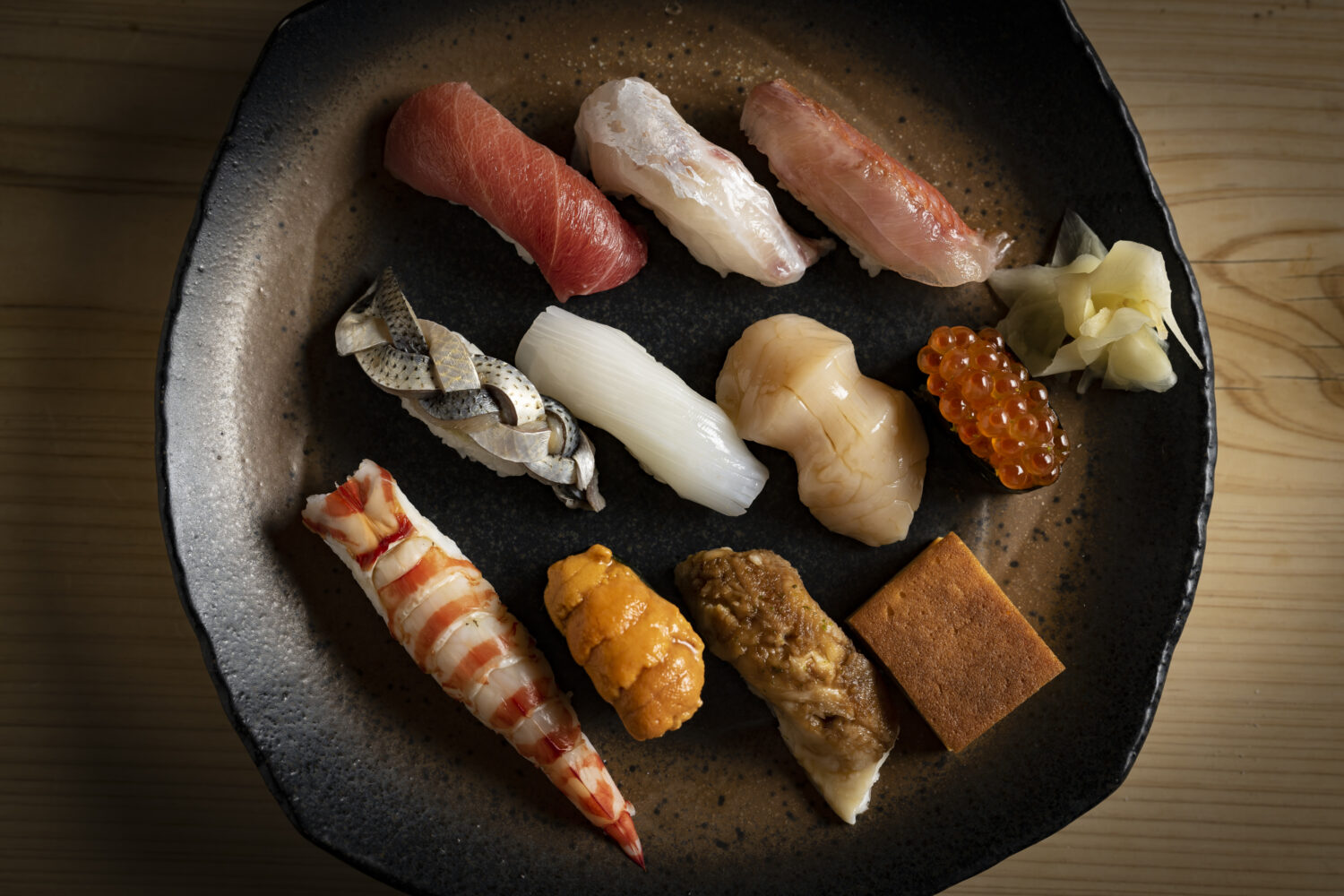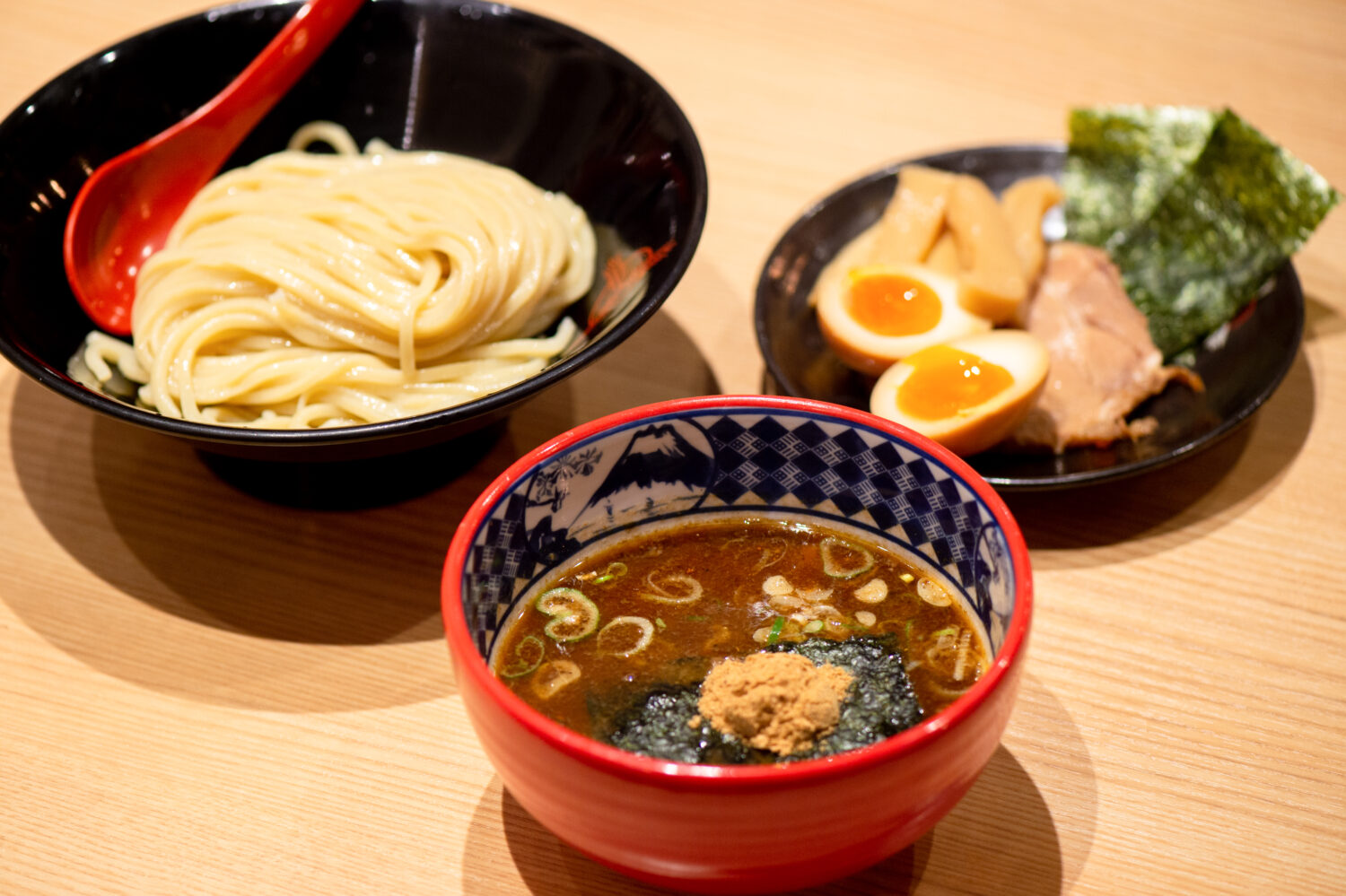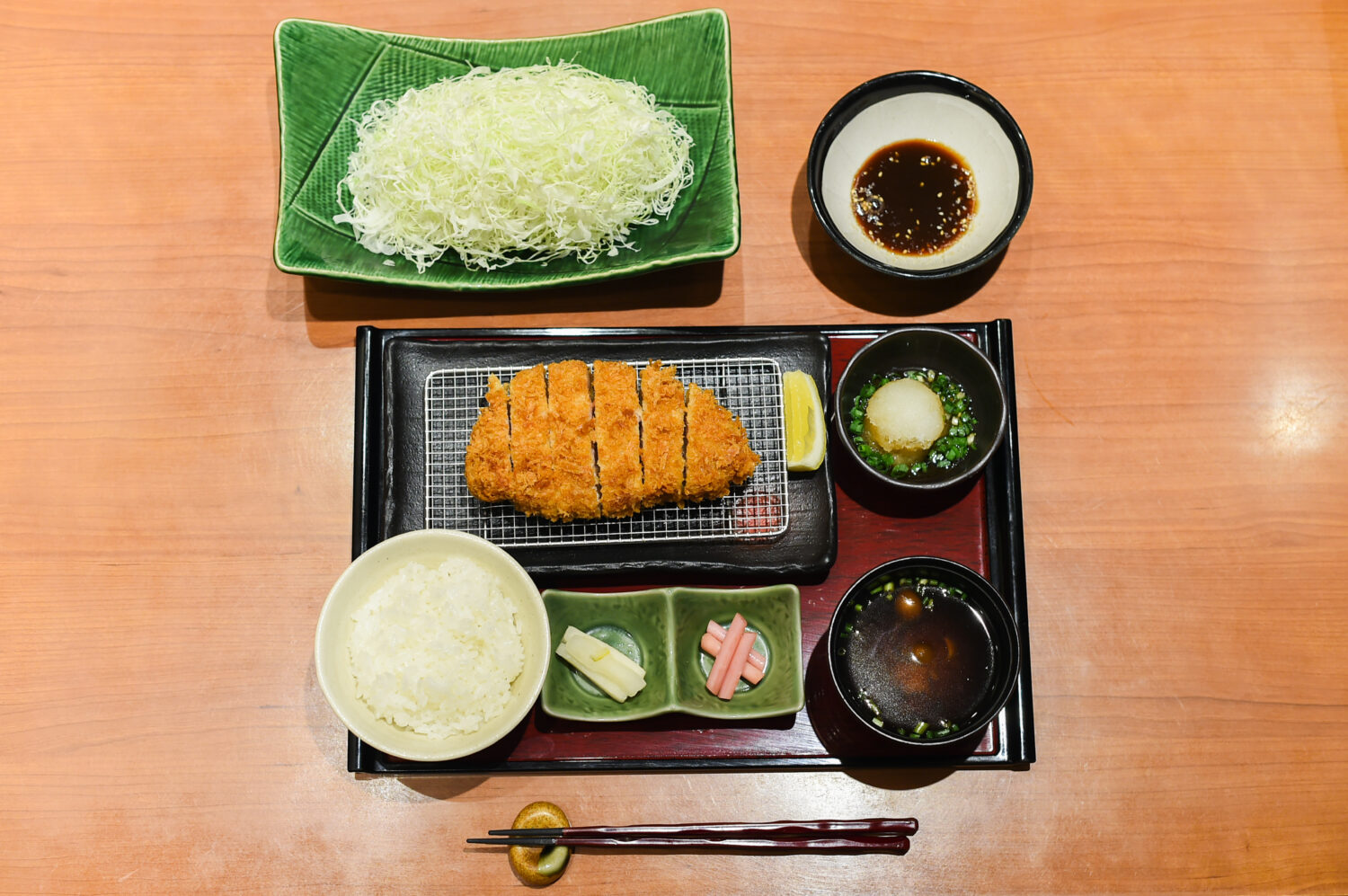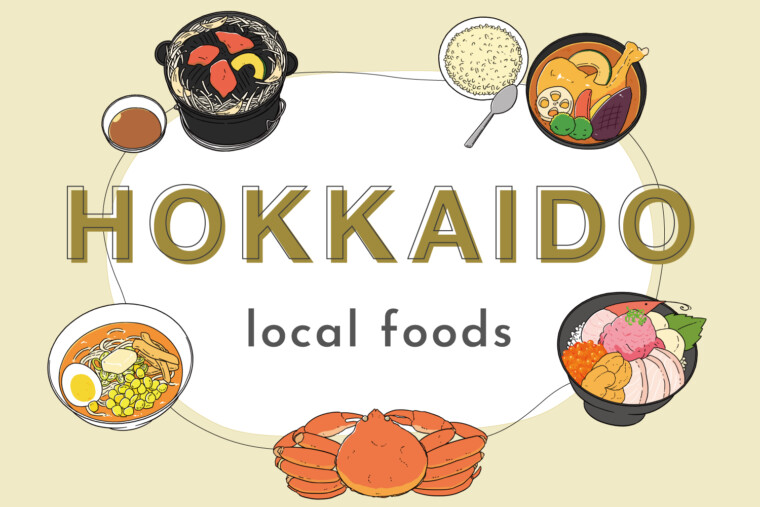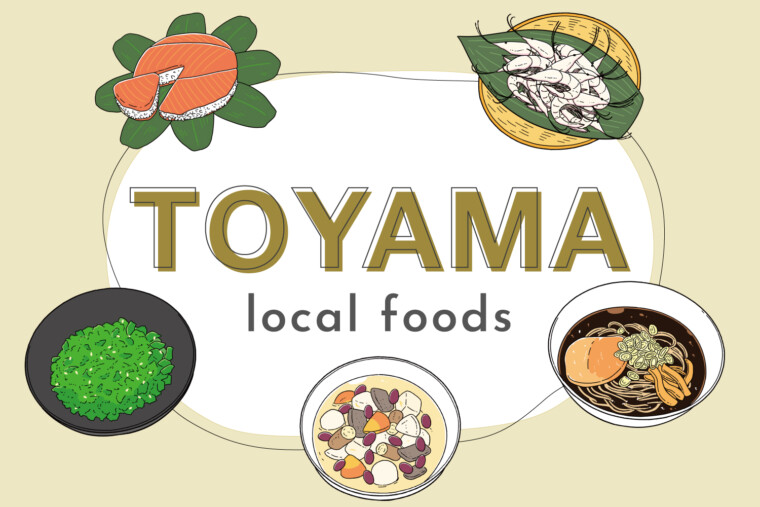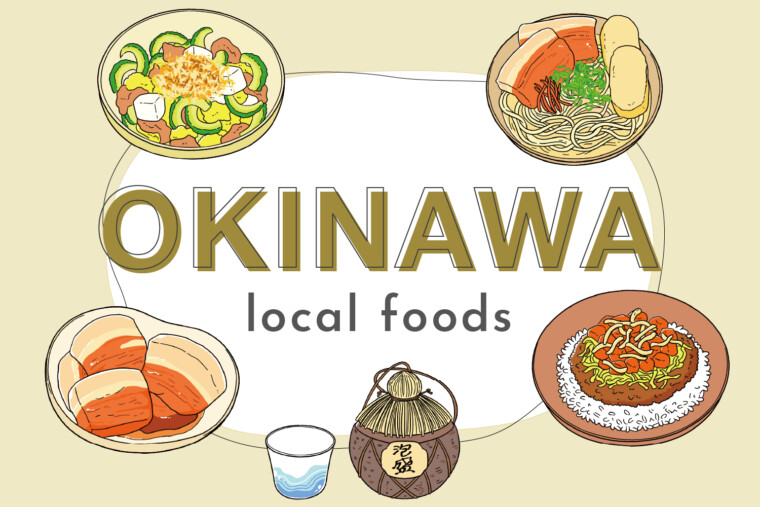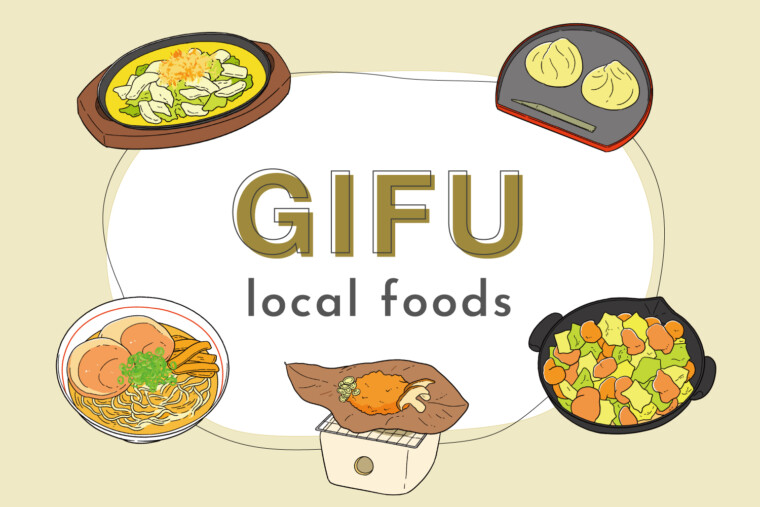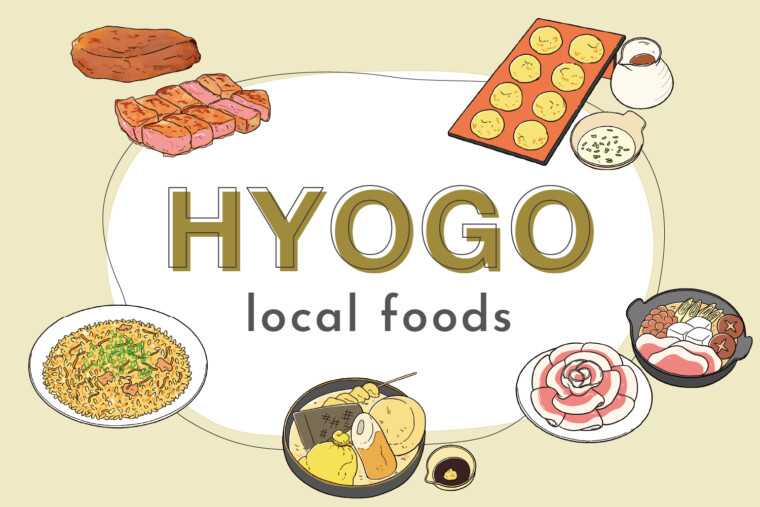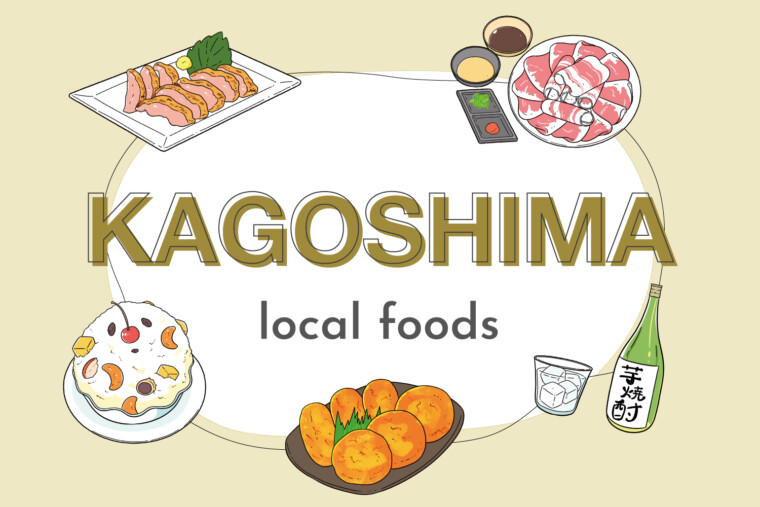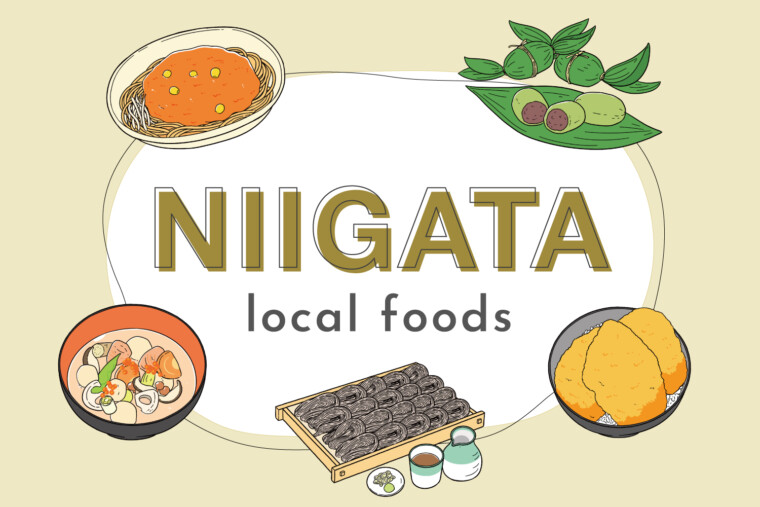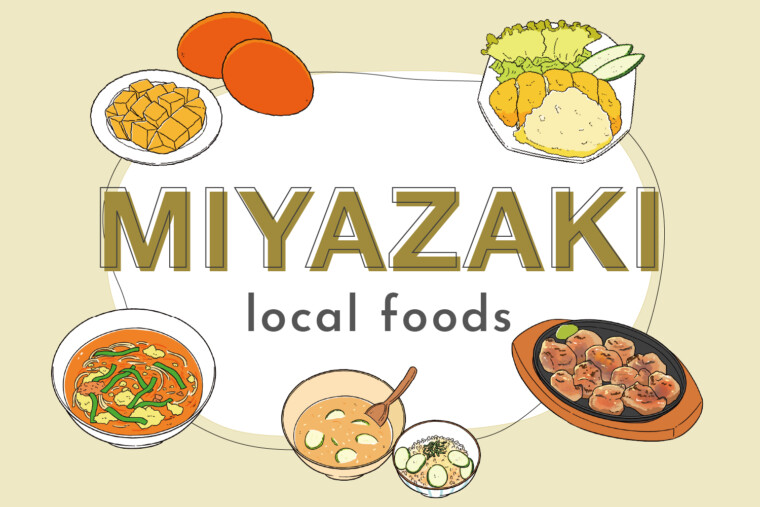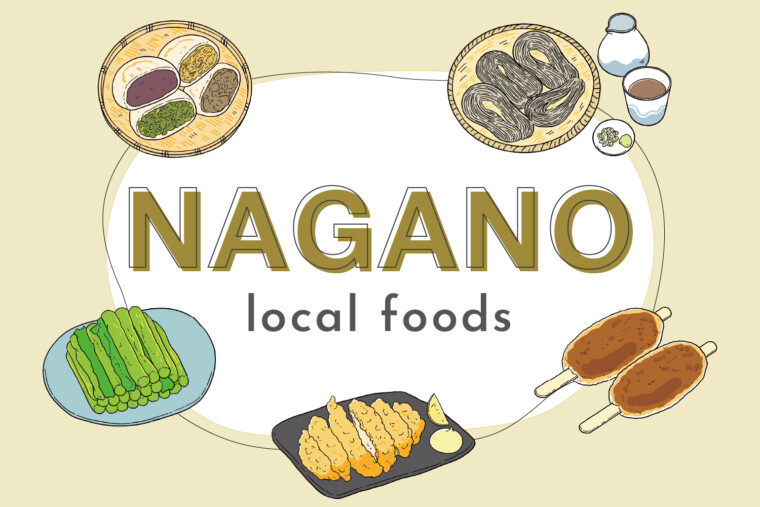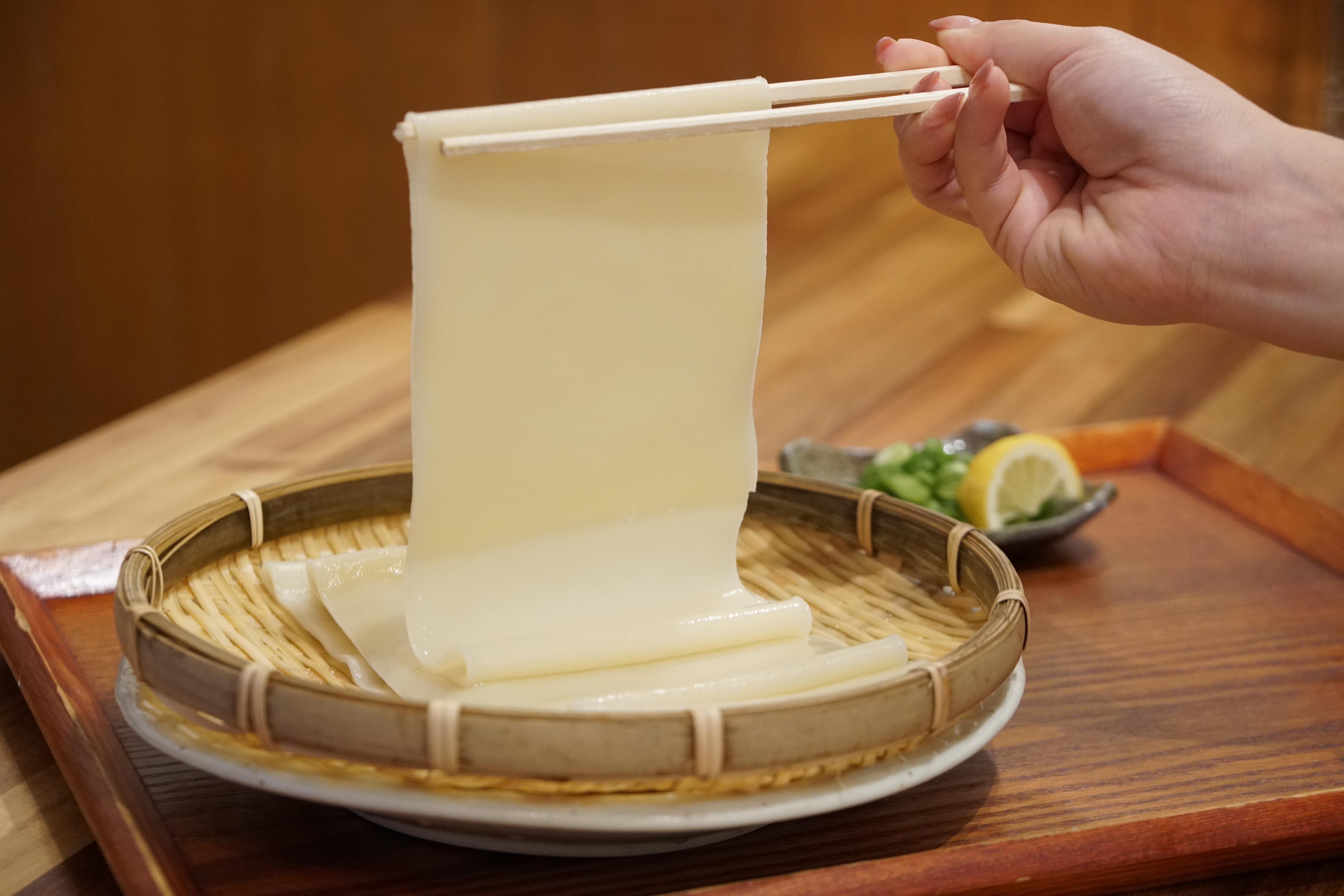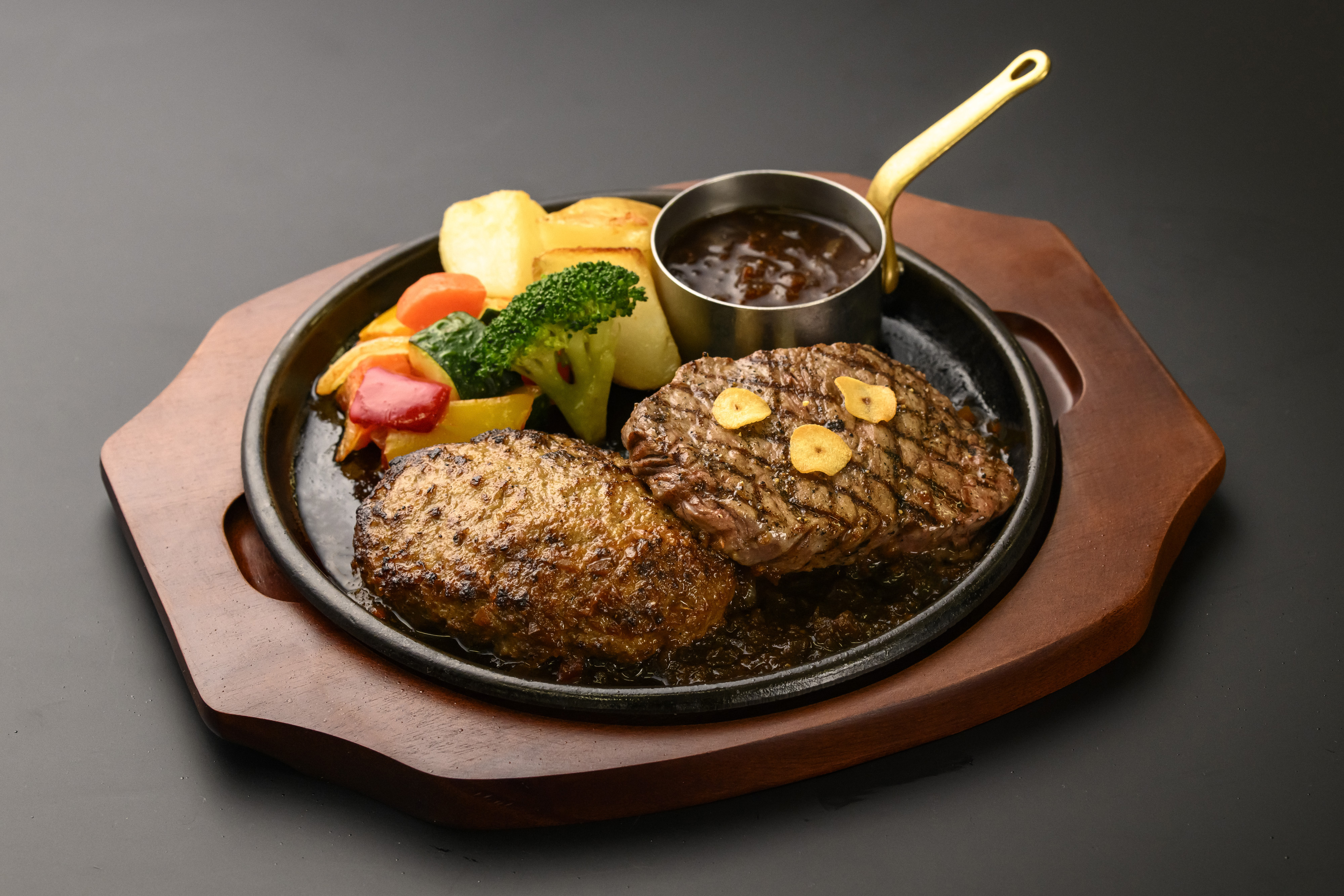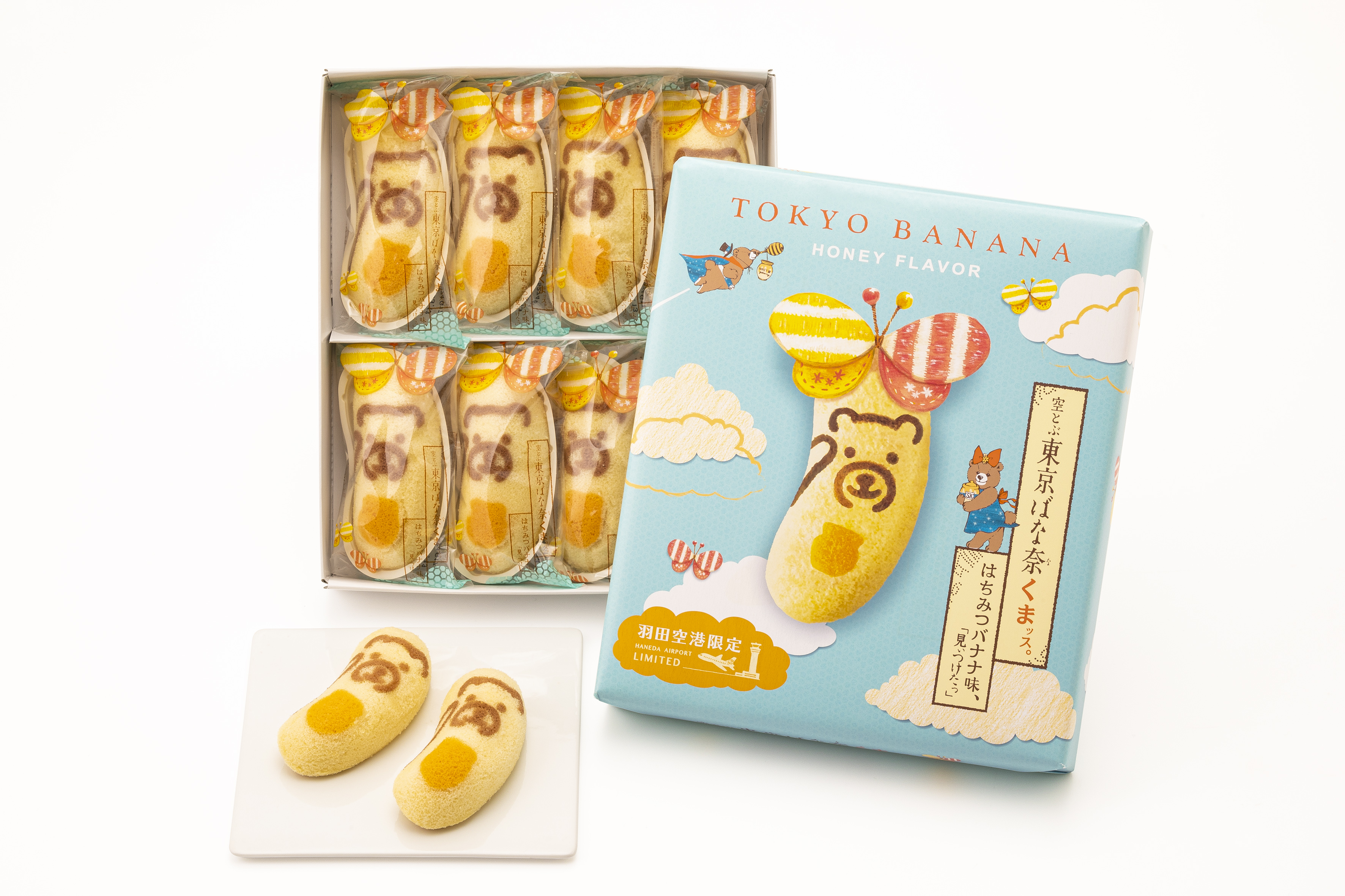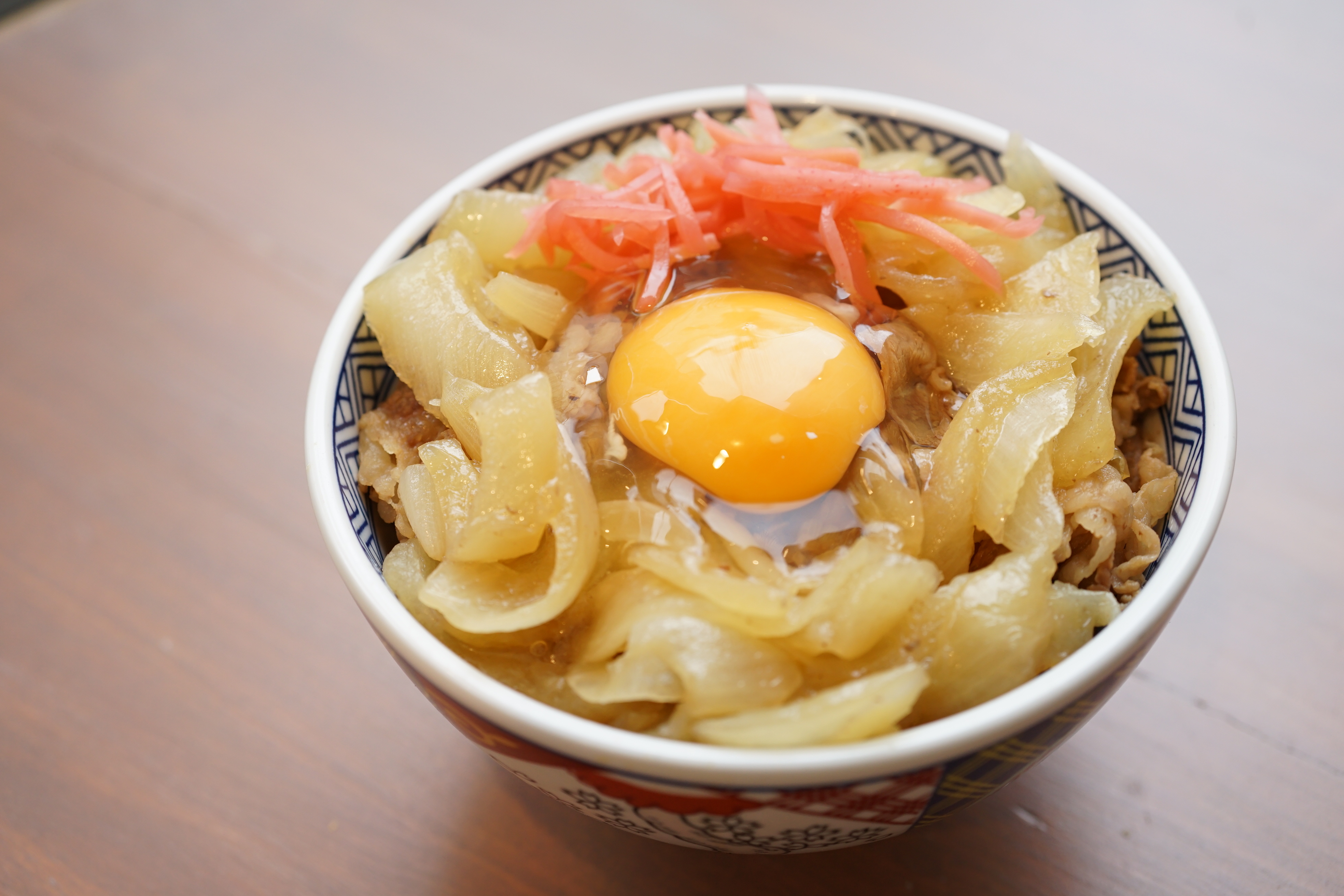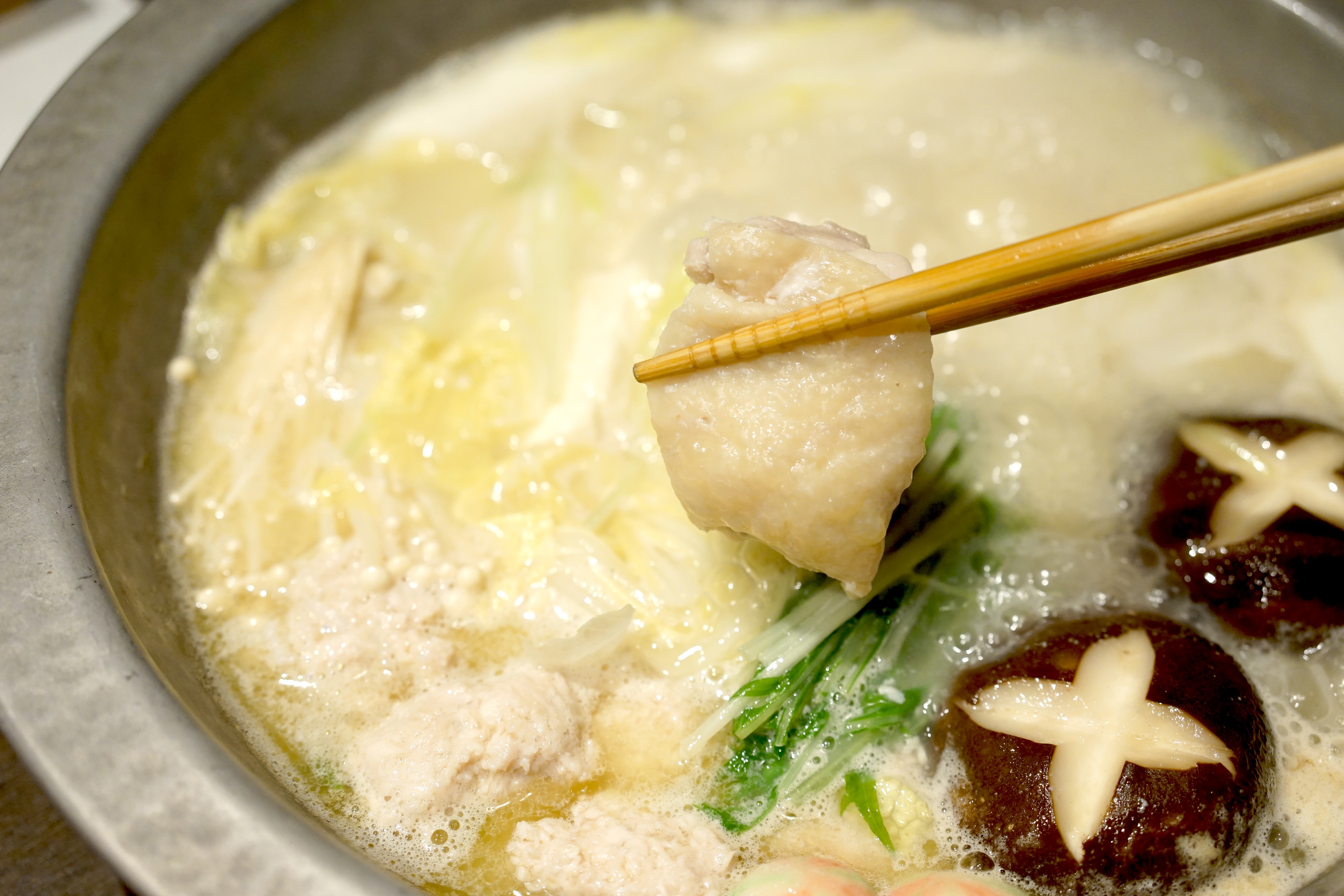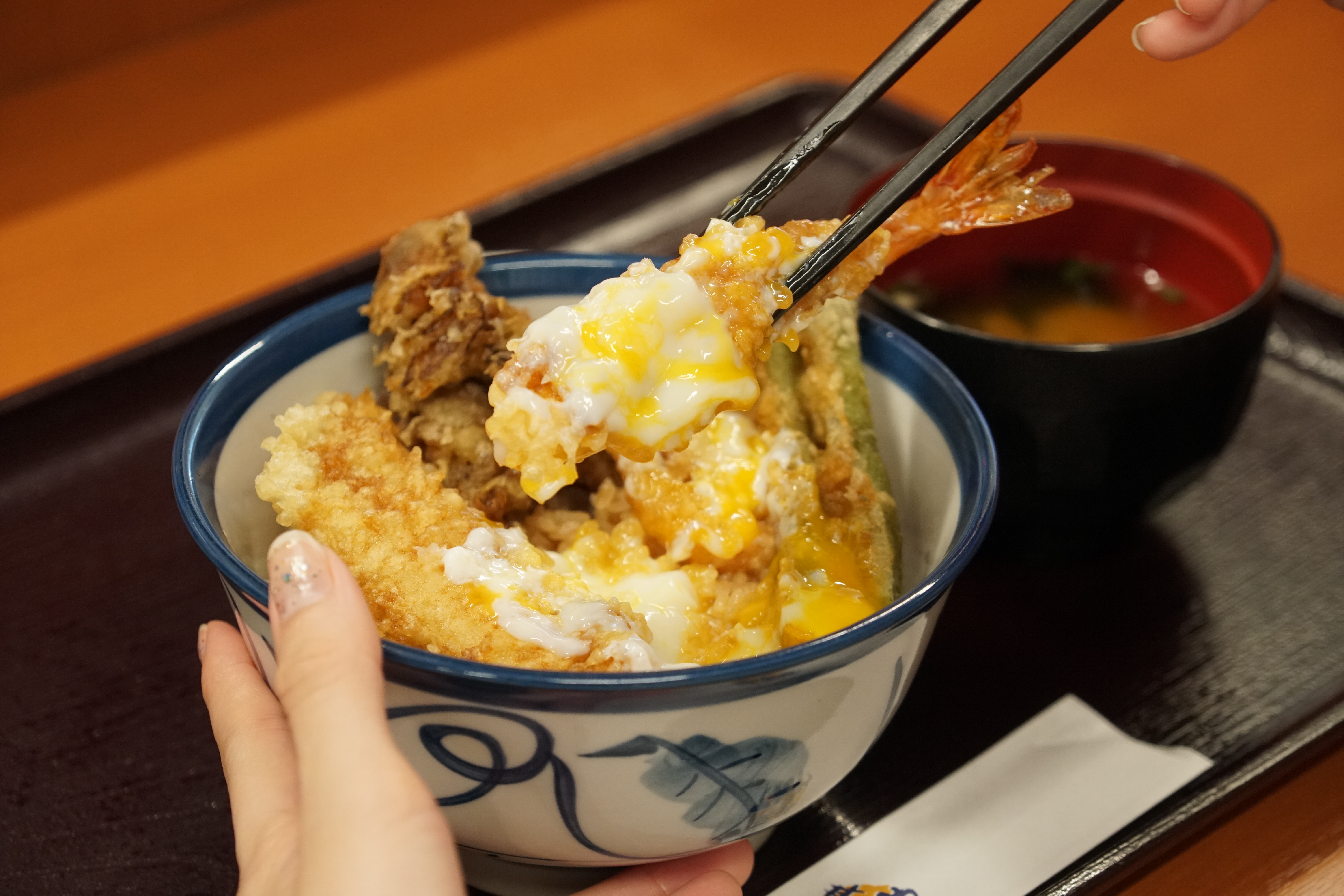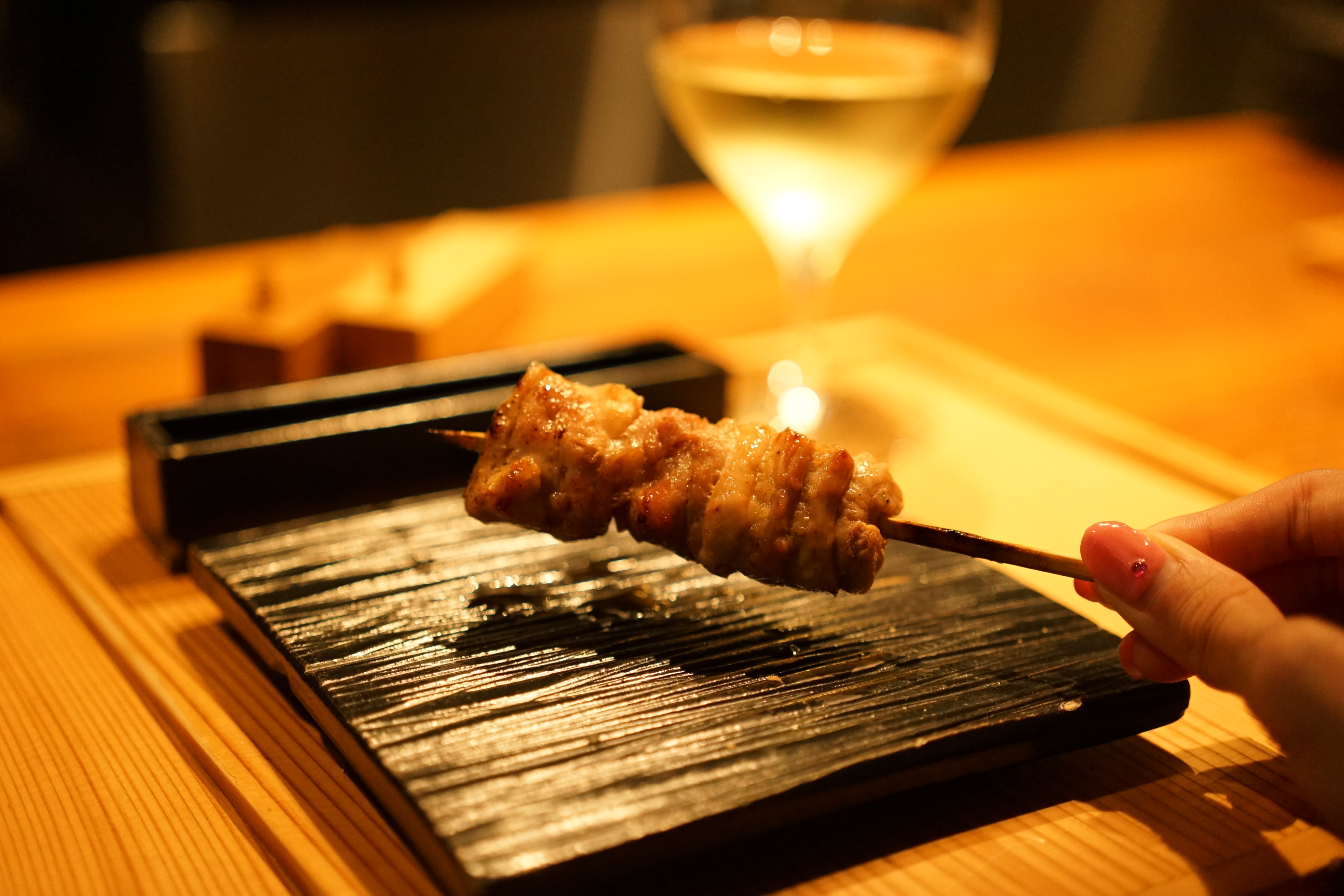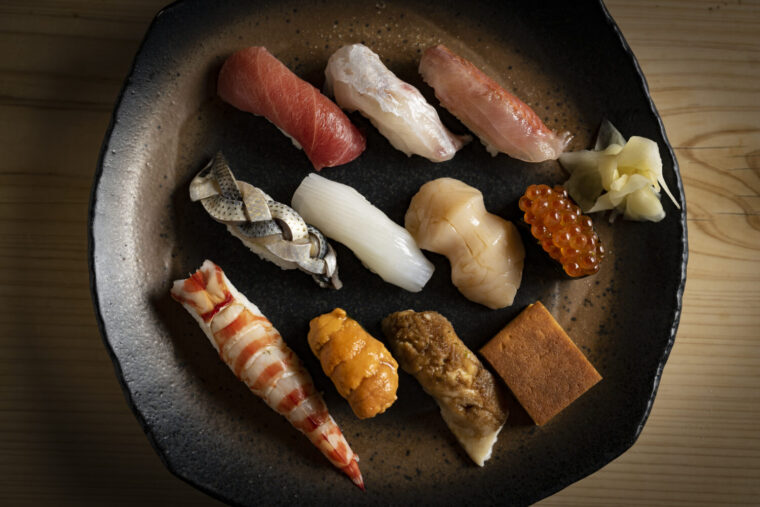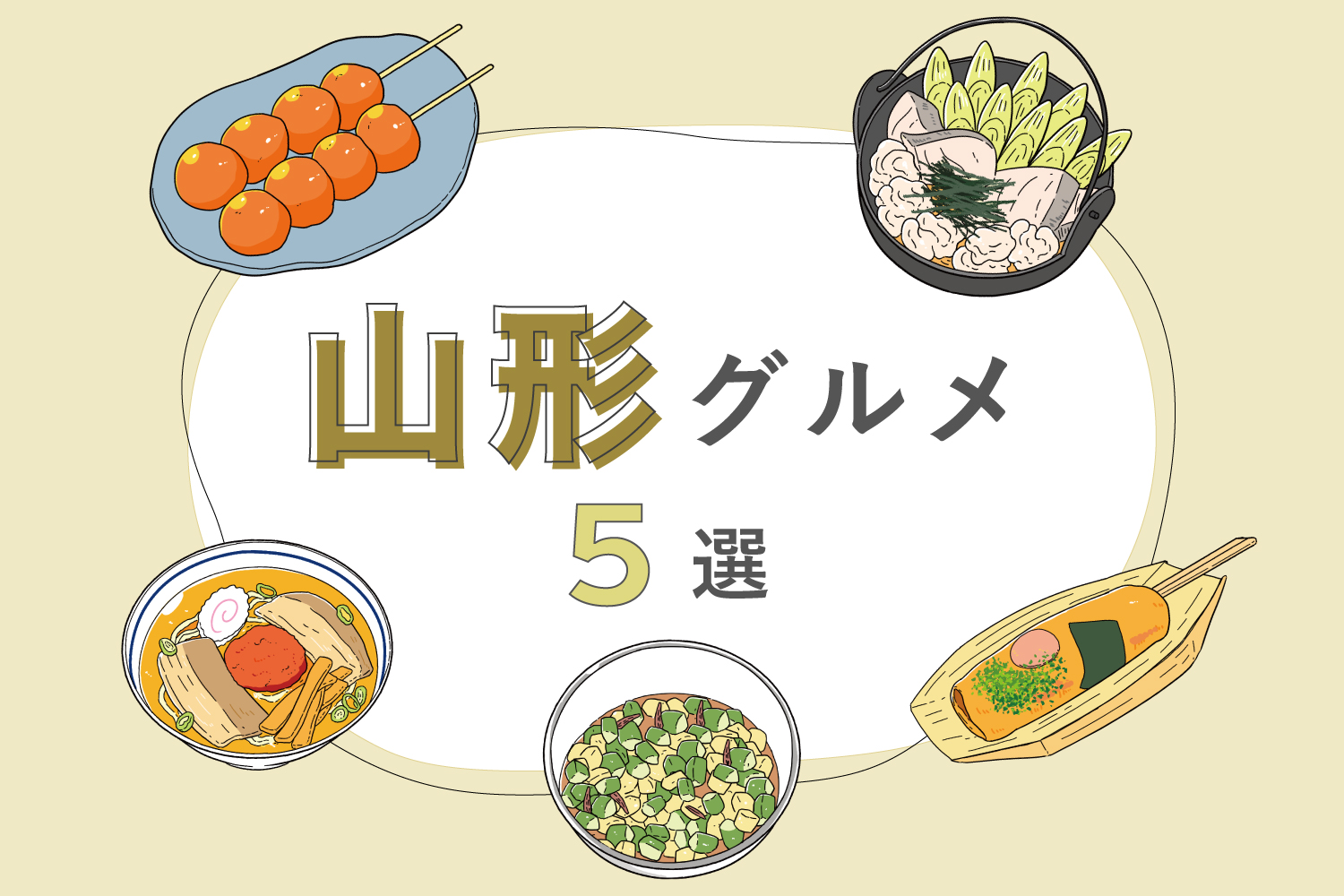
Discover Yamagata’s Must-Try Local Dishes: From Tama Konnyaku to Spicy Akayu Ramen
Yamagata Prefecture is home to a series of mountains counted among the “100 Famous Mountains of Japan.” It is also the land where the renowned haiku poet Matsuo Bashō composed his famous “Cicada Haiku.” Surrounded by such beautiful nature, Yamagata offers a variety of local dishes such as tama konnyaku, dongara-jiru, and dashi, all of which are beloved by both locals and visitors alike.
share:
Table of Contents
“Tama Konnyaku” Born from Shojin Ryori
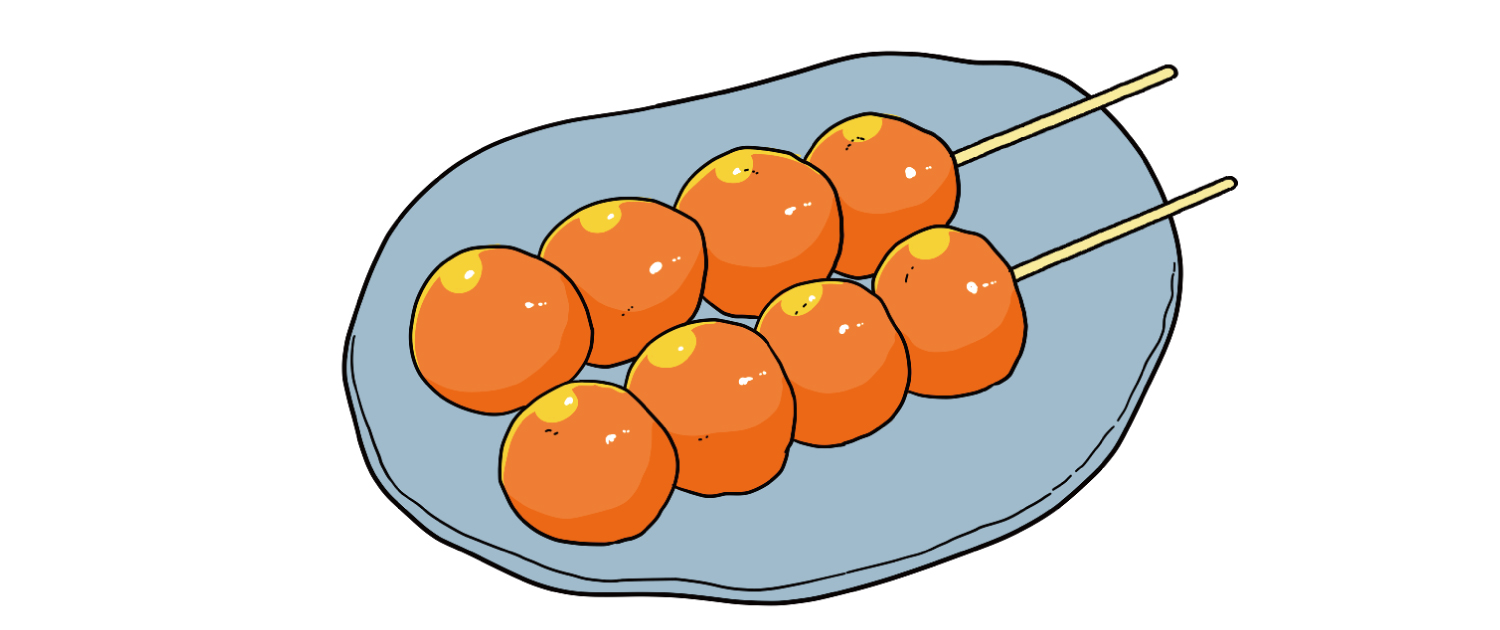
“Tama Konnyaku” consists of konnyaku shaped into spheres about 3 cm in size, skewered like dumplings. It is said that konnyaku was originally used in temple shojin ryori (Buddhist vegetarian cuisine) and gradually spread to ordinary households. One of the dishes born from this is “Tama Konnyaku.” Instead of using water, the konnyaku is simmered in soy sauce and typically eaten with mustard if desired. The key is to simmer until the soy sauce’s color and flavor are thoroughly absorbed. Today, it is commonly eaten as a handheld snack at tourist spots and festivals, much like fast food.
“Dongara-jiru” – A Luxurious Stew of Whole Cod
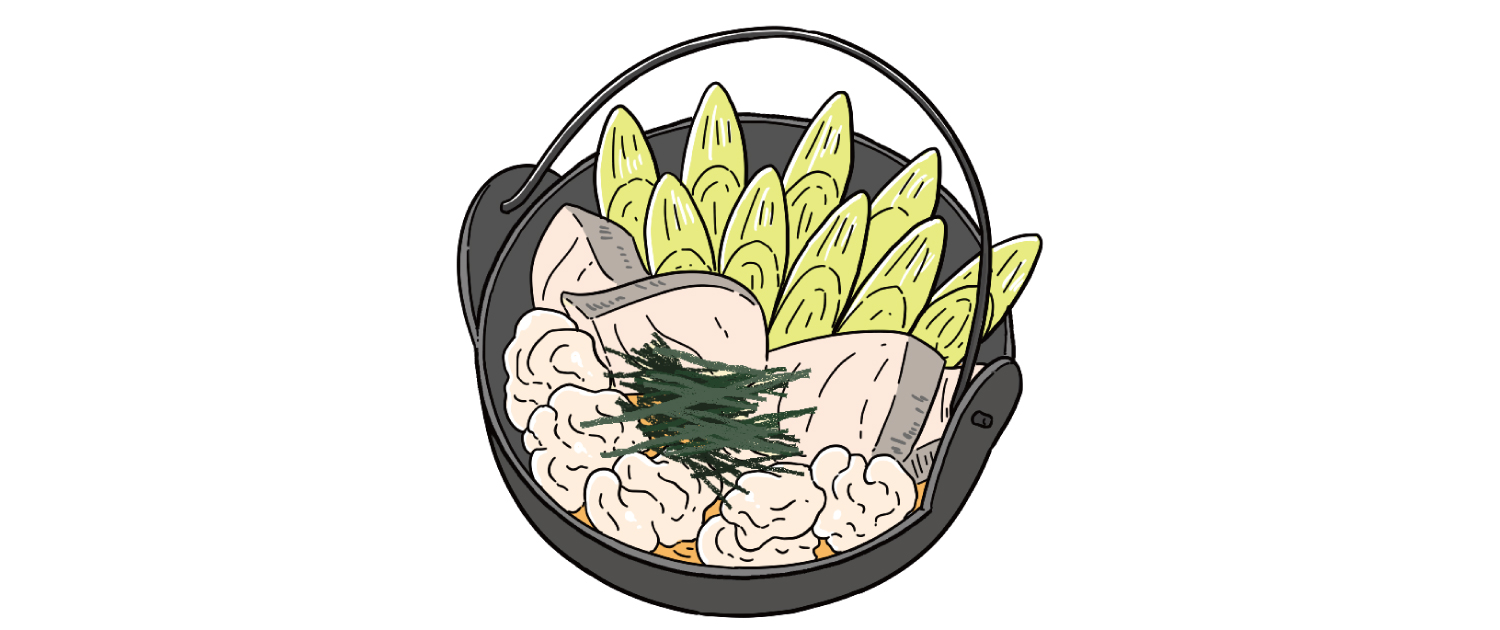
“Dongara-jiru” is a fisherman’s dish made using an entire cod in winter. The cod is chopped into chunks, bones included, and simmered in a broth made from kombu kelp. The innards are also added. To finish, only rock seaweed is sprinkled on top to fully savor the flavor of the cod. Incidentally, “dongara” means “ara” (fish scraps). Cod season is January to February, and the “Kandara Festival,” where dongara-jiru is served, is held in late January.
Summer Staple Dish “Dashi”
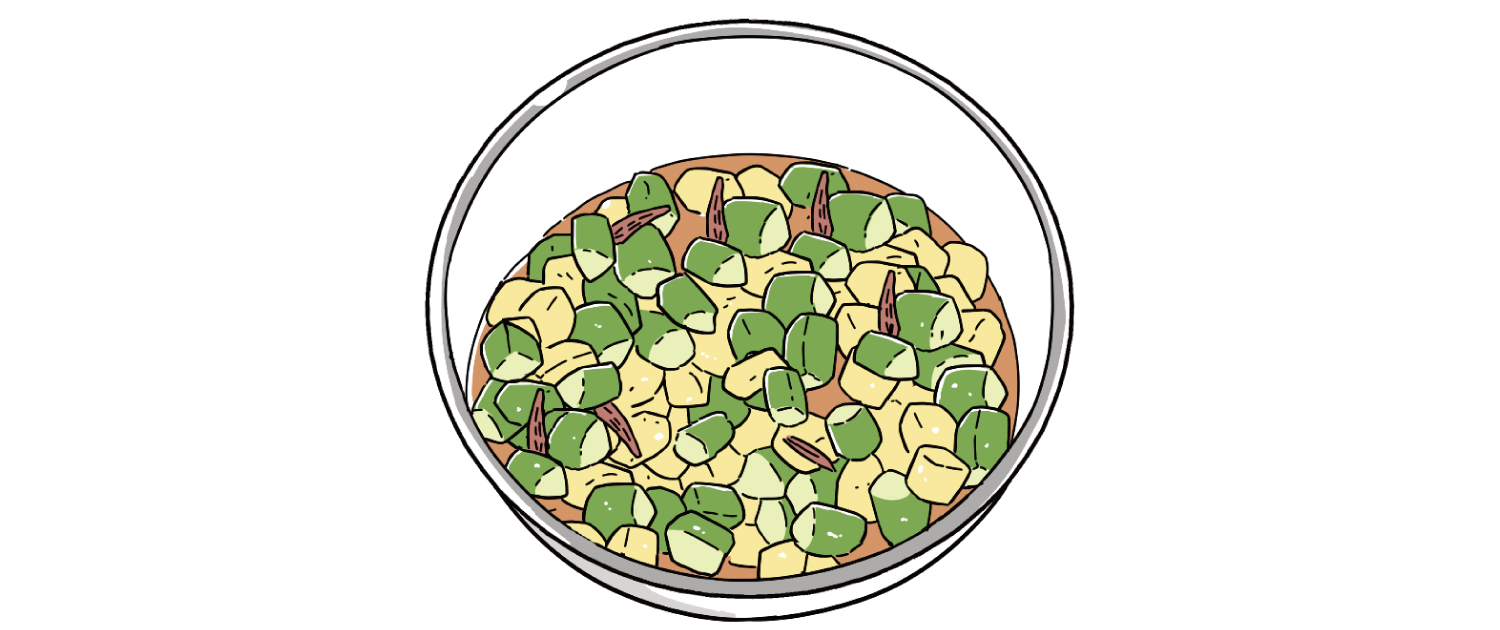
In Yamagata, “Dashi” is a dish made by chopping summer vegetables such as eggplant and cucumber, along with aromatic herbs like shiso and myoga, then mixing them and seasoning with kombu and soy sauce. In the Murayama region of Yamagata, surrounded by mountains, summers are hot and humid. People there say that even when they had no appetite due to the heat, they could still eat “Dashi” made with water-rich vegetables like eggplant and cucumber. Thus, it became a staple summer dish in Yamagata. Since it can be eaten raw and easily prepared, many households serve it in a large container at the table.
“Akayu Karamiso Ramen” Born from Creative Use of Leftovers
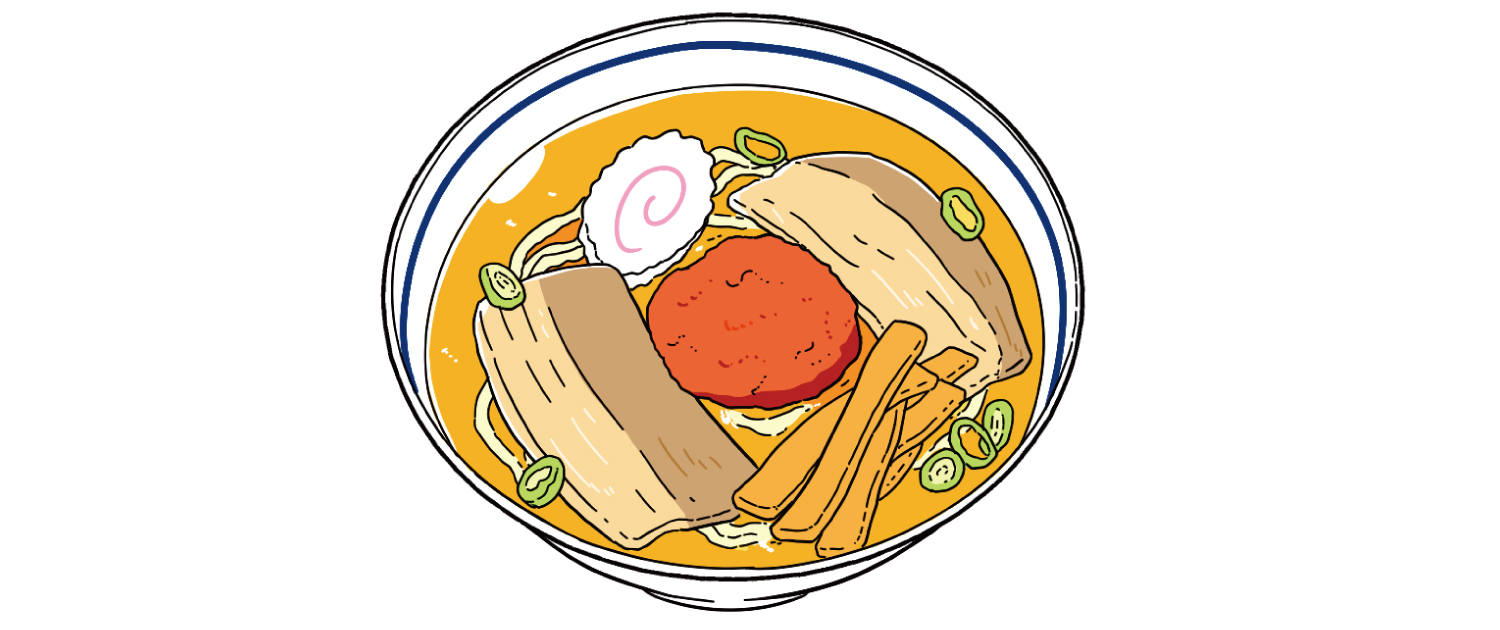
“Akayu Karamiso Ramen” originated in the Akayu region of Yamagata. It was developed in 1960 (Showa 35) by a shop called “Ryu Shanghai.” The dish was created when miso was added to what was originally a soy sauce-based broth. A spicy miso ball kneaded with garlic and chili peppers is placed in the center, which can be gradually dissolved to adjust the spiciness as you eat. It’s a superb ramen that changes its flavor with every bite.
Handheld “Dondon-yaki” – A Portable Version of Monjayaki
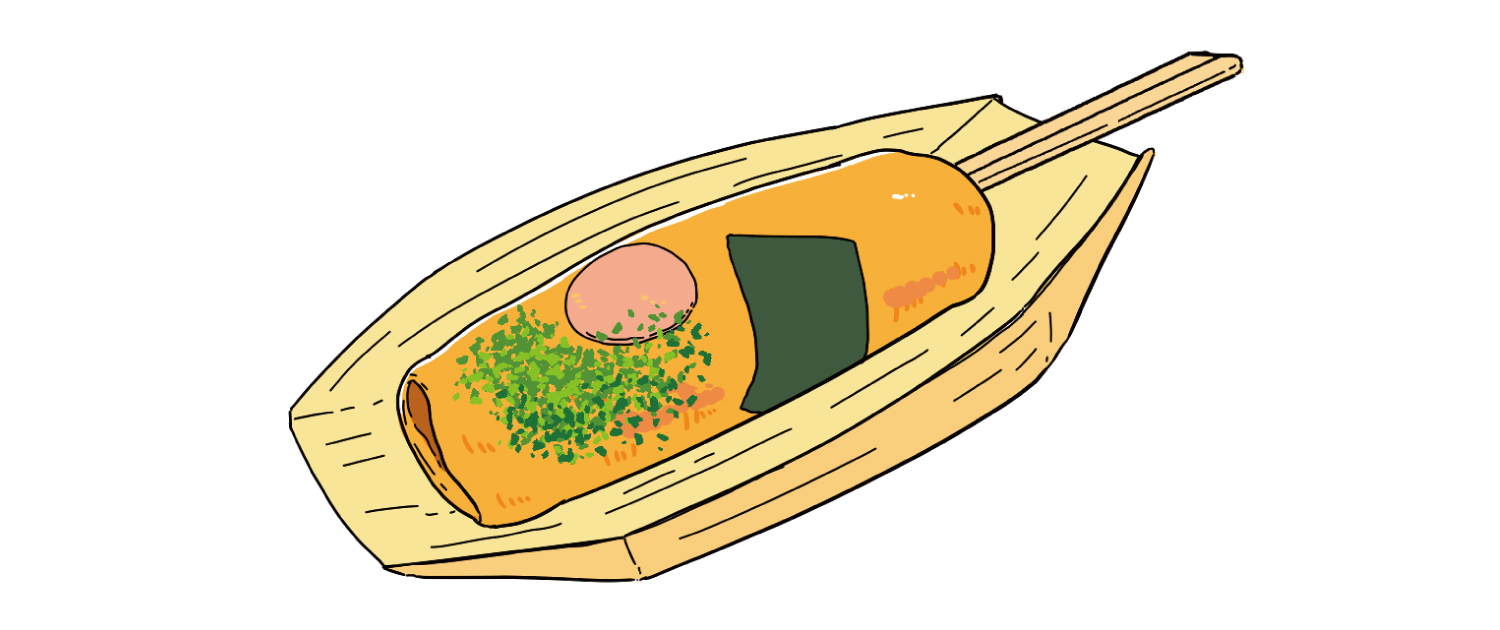
“Dondon-yaki” is a modified version of monjayaki that can be eaten by hand. A wheat-based batter is topped with nori, aonori, and fish sausage, then grilled. To make it easy to hold while hot, the batter is wrapped around a disposable chopstick. The name “Dondon-yaki” comes from the beating of taiko drums (“dondon”) used to attract customers during its sale. Originally, soy sauce was the typical seasoning, but nowadays sauce is commonly used. With various toppings like egg and cheese, it is now widely enjoyed at festivals.
*The information is based on the time of reporting or creation, and may differ from the current situation.
tags:
share:










